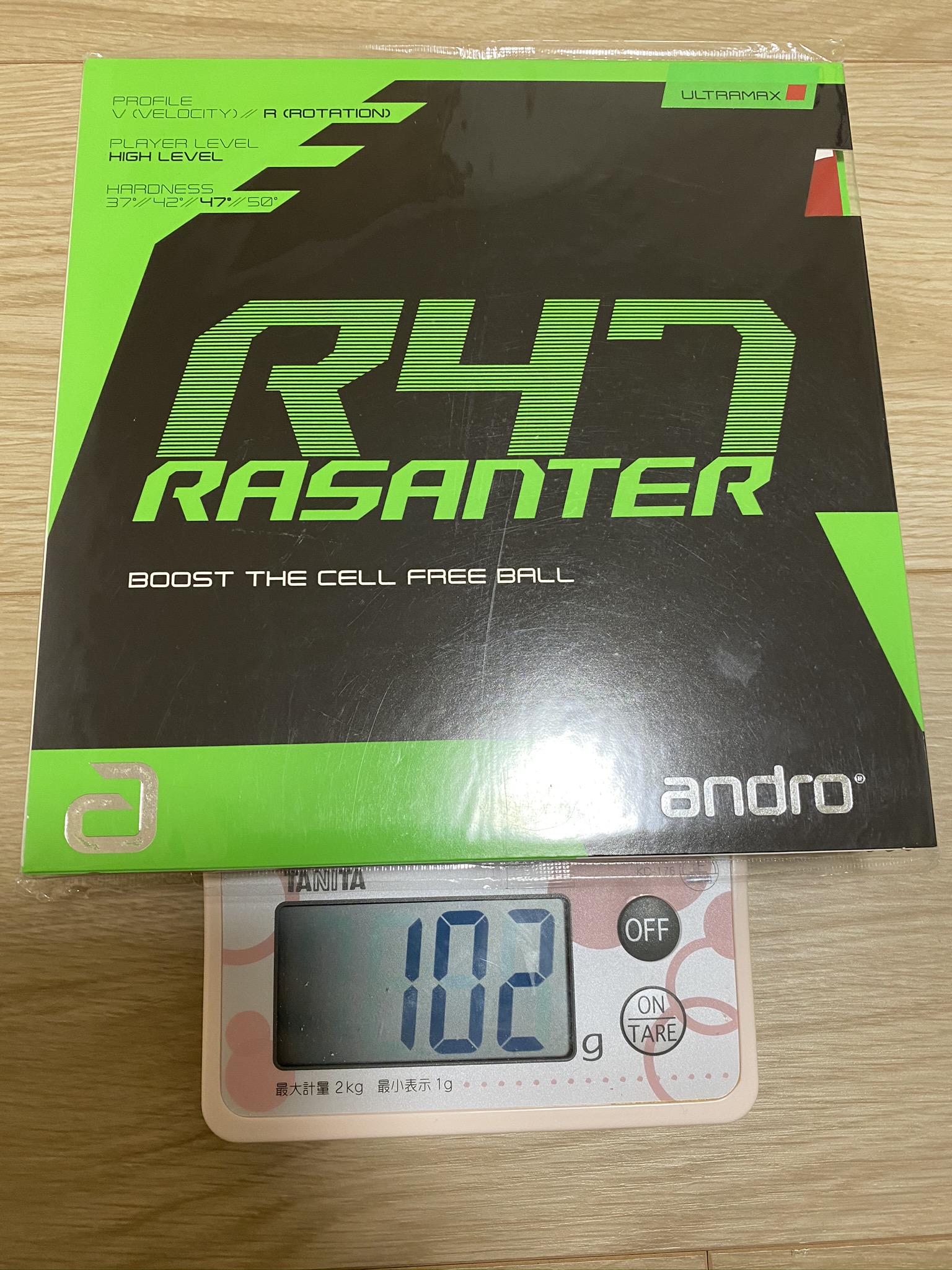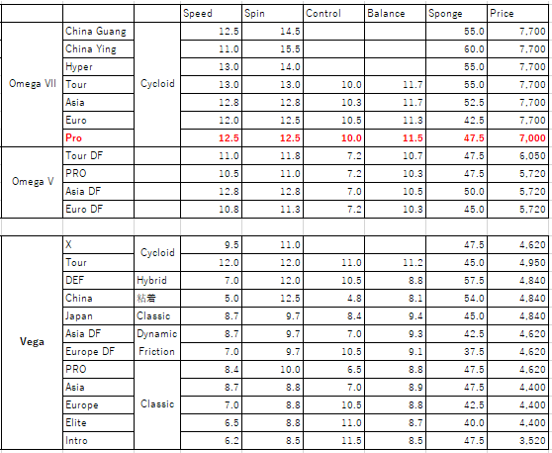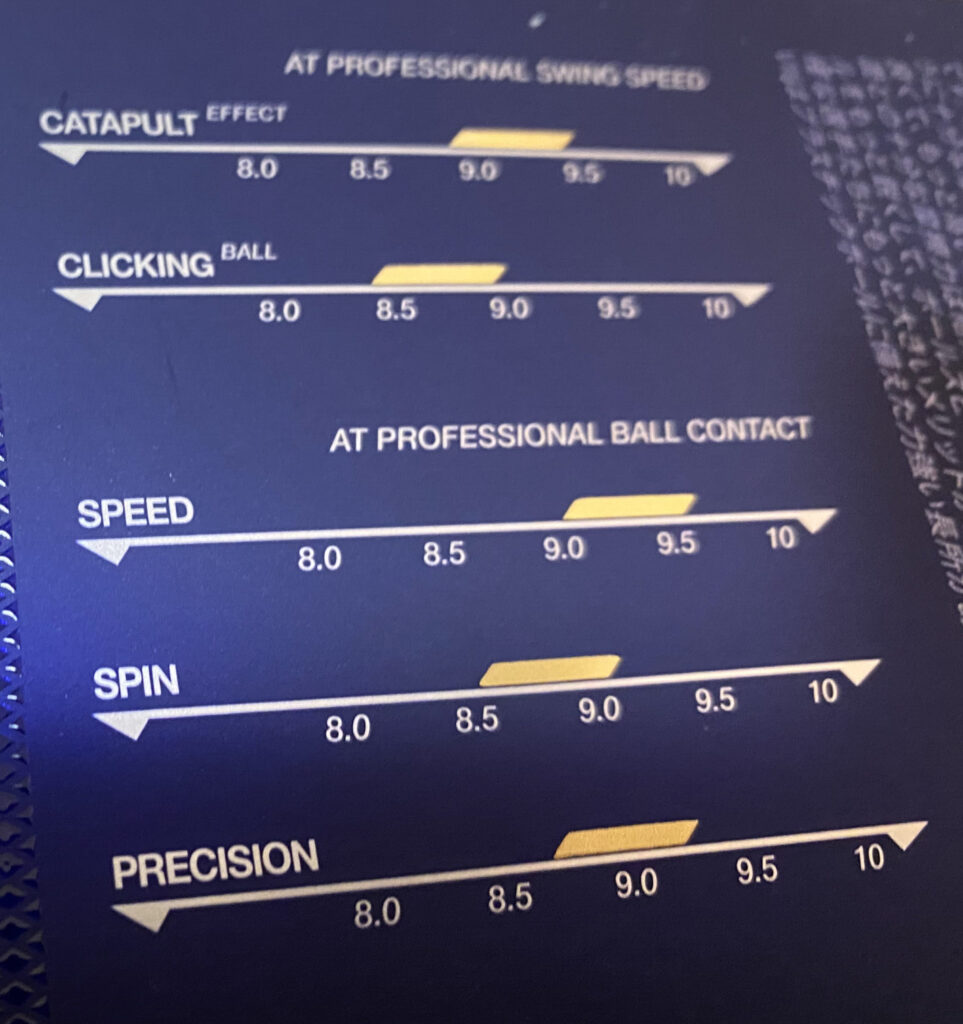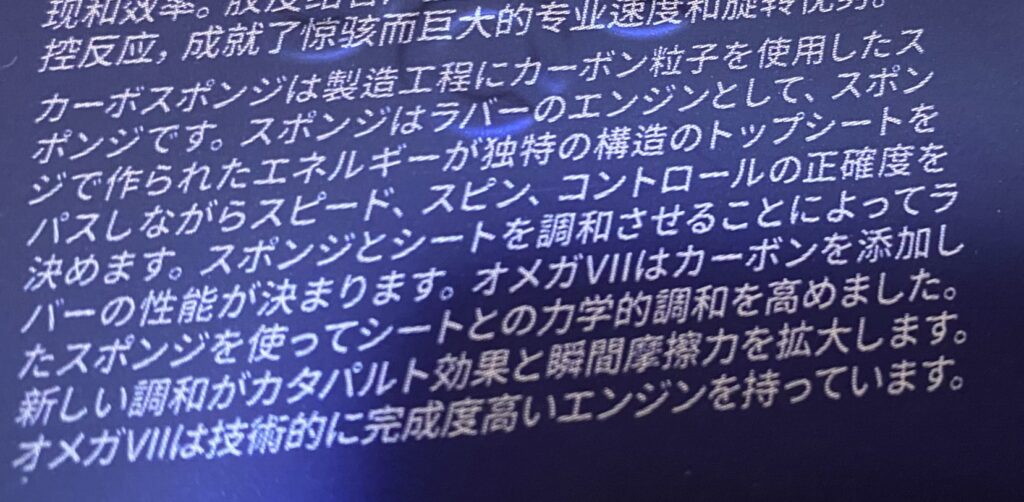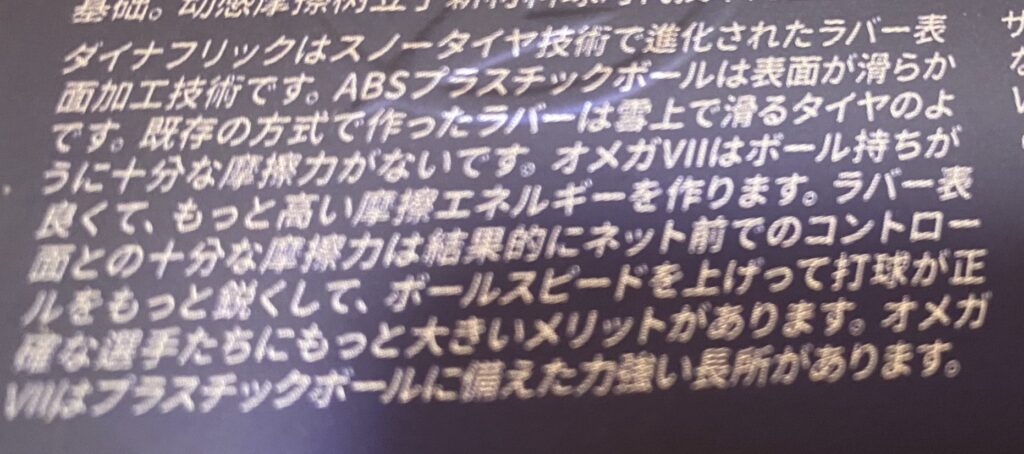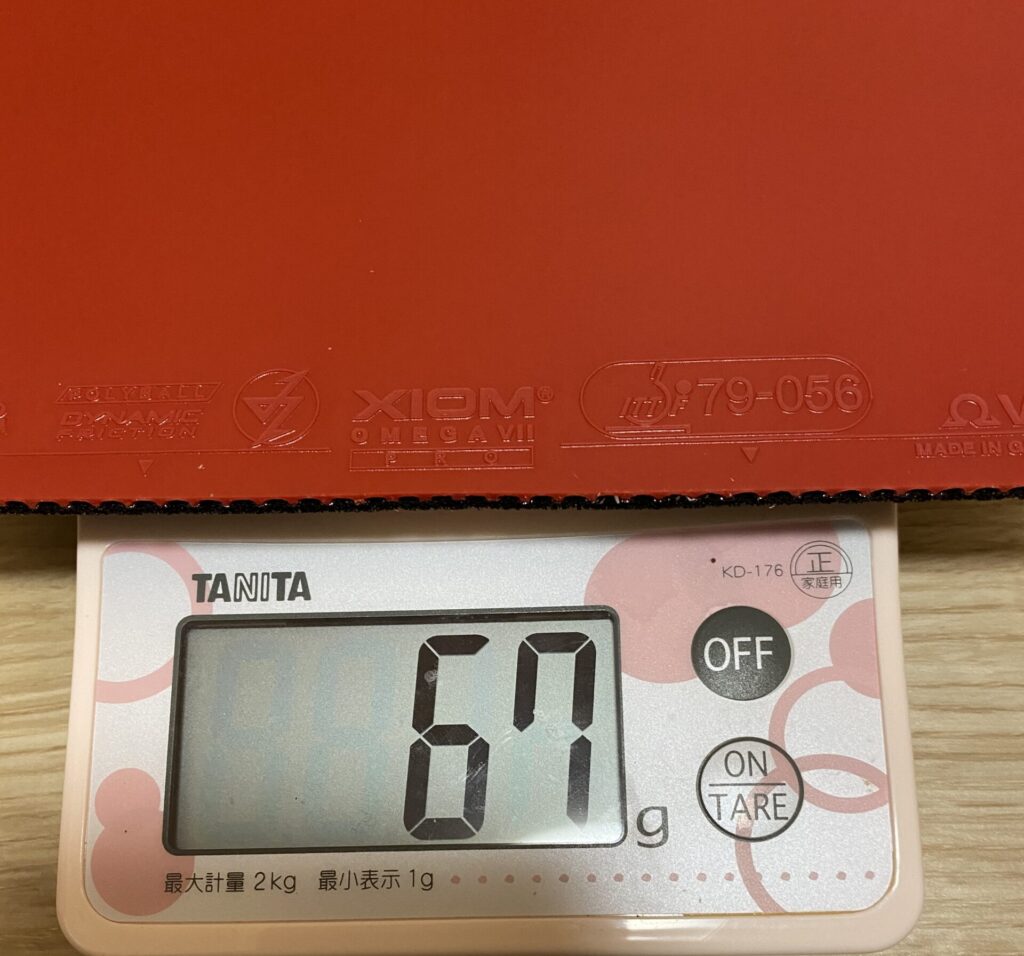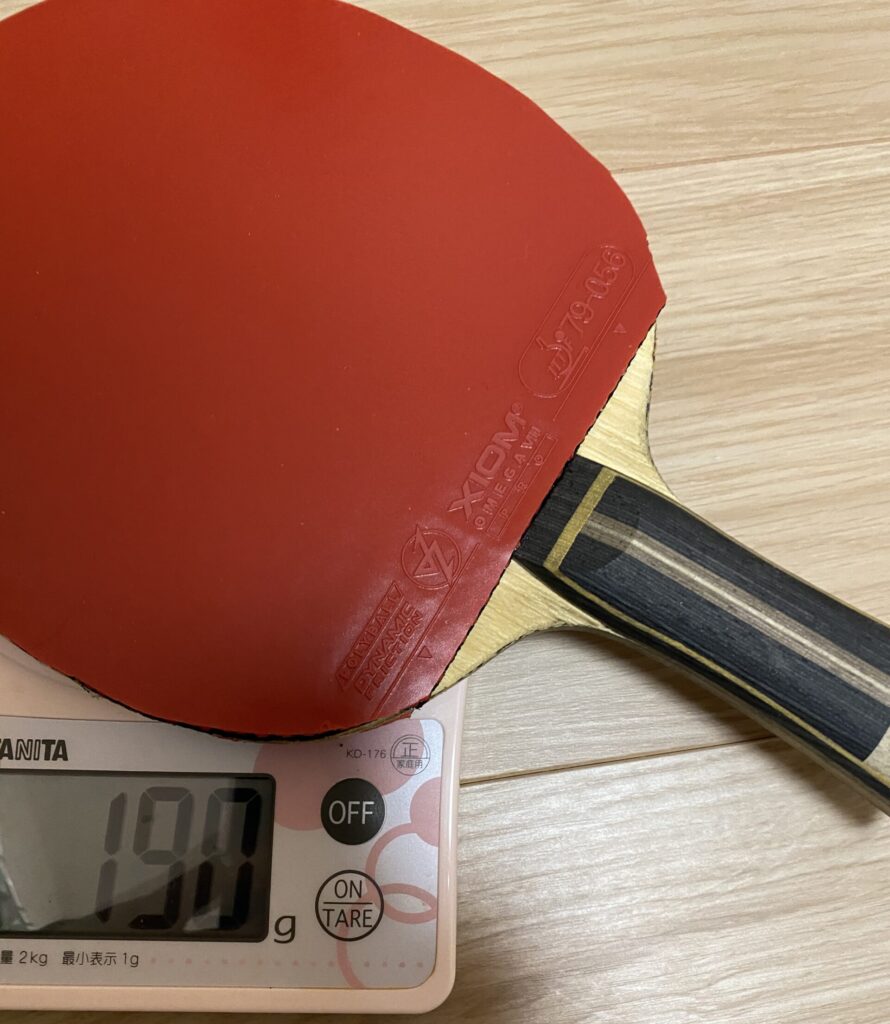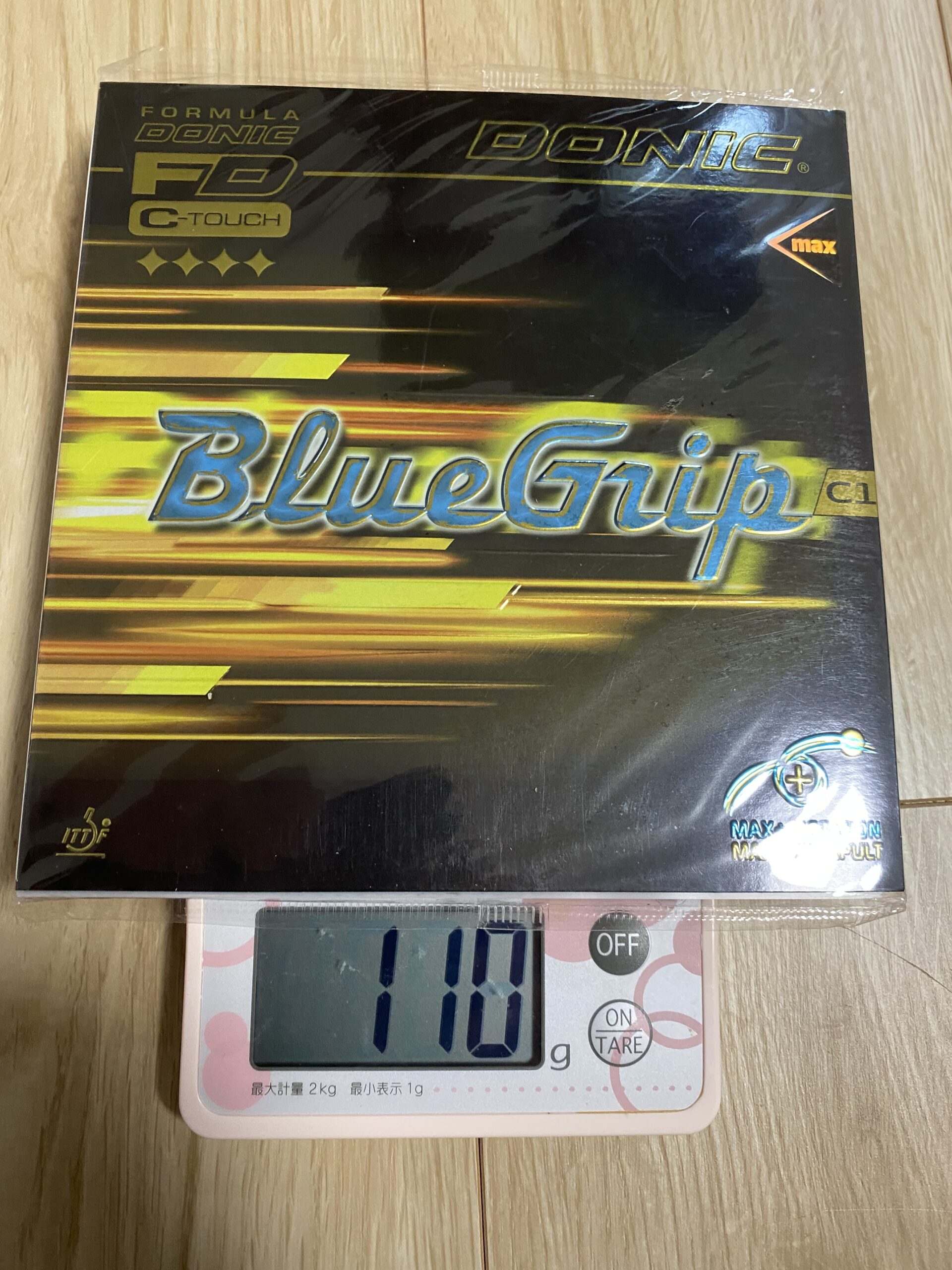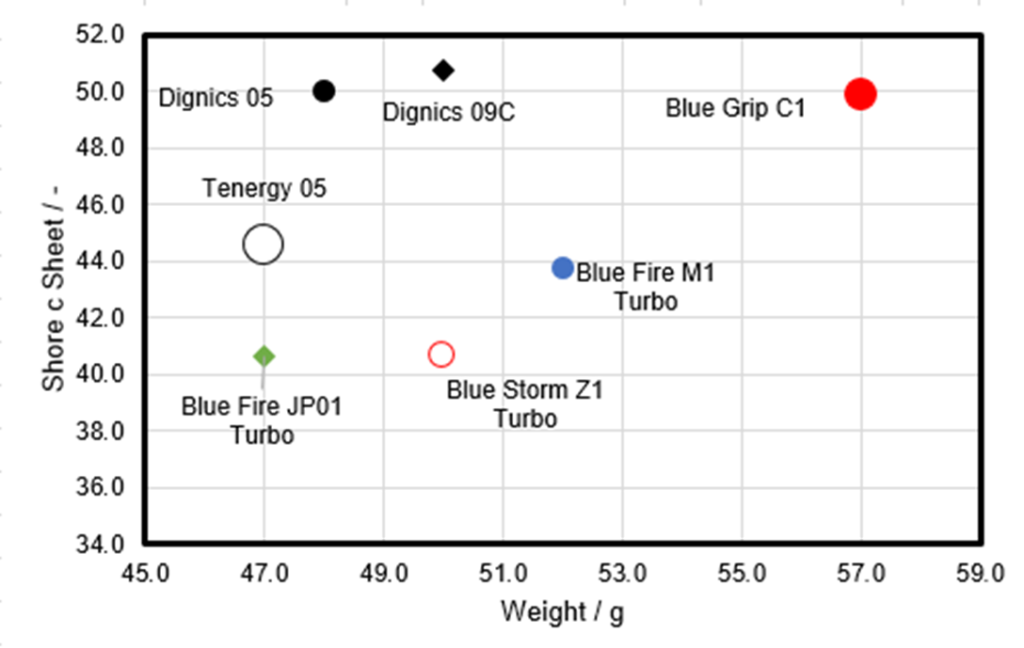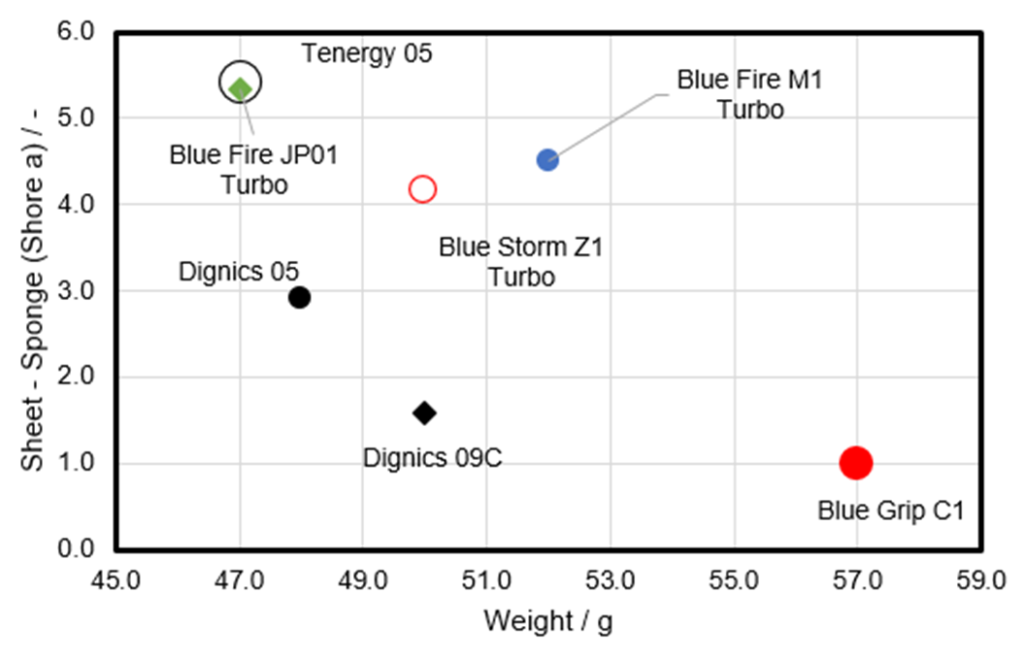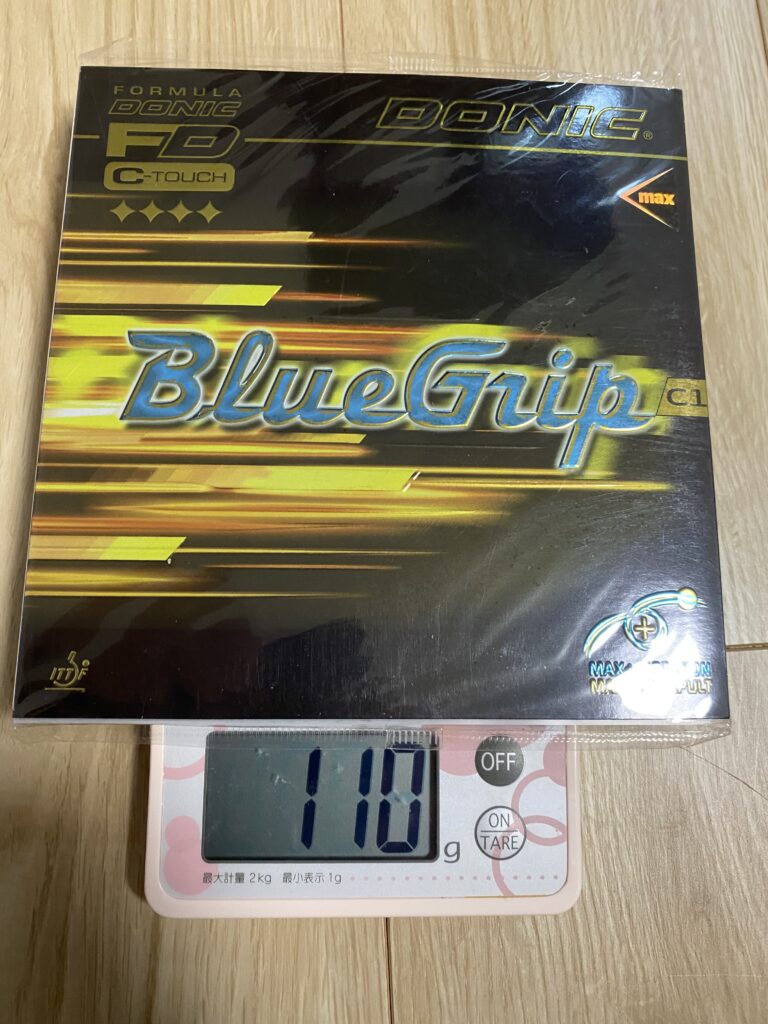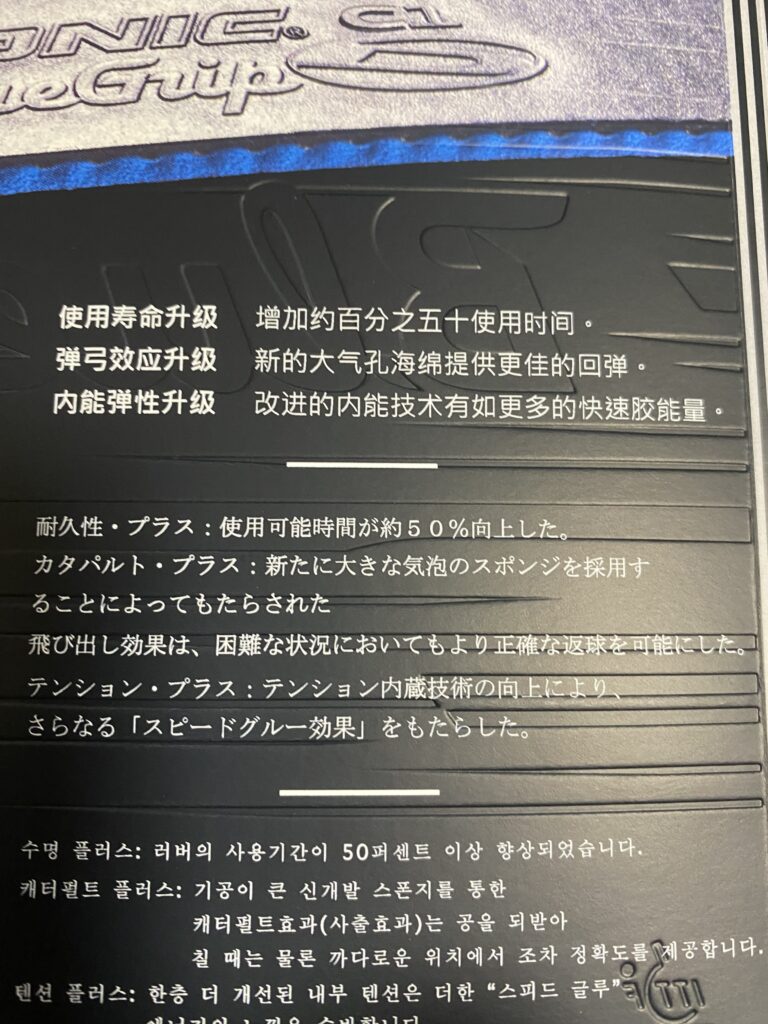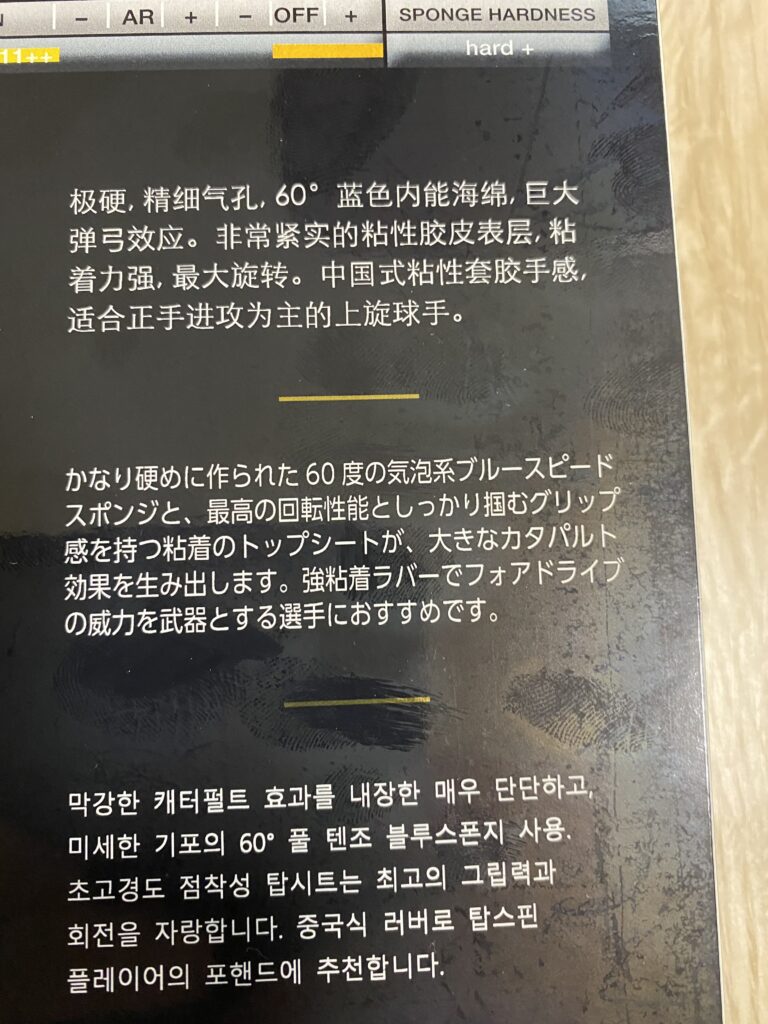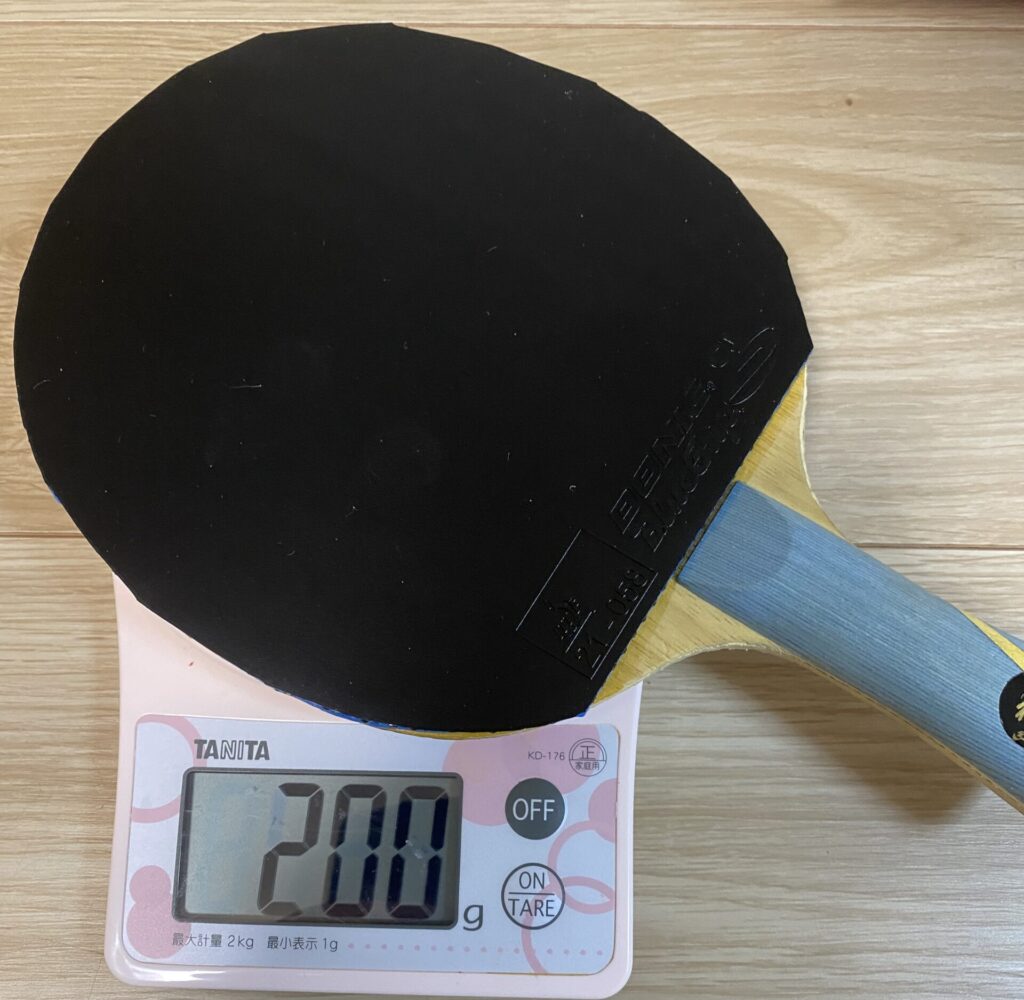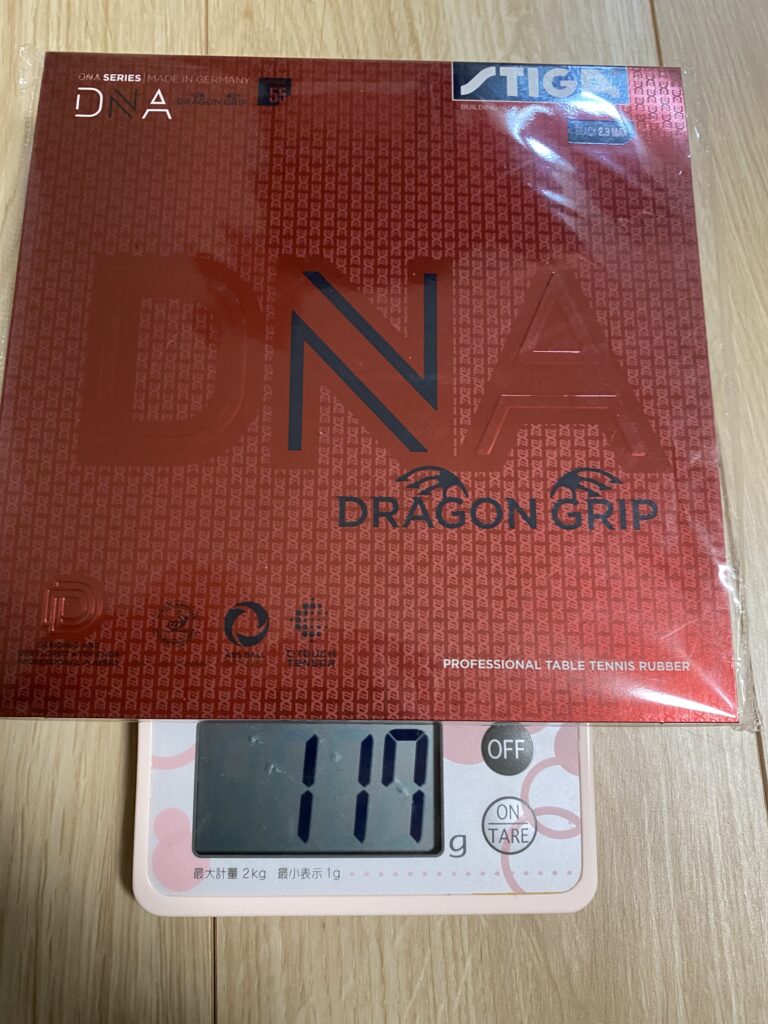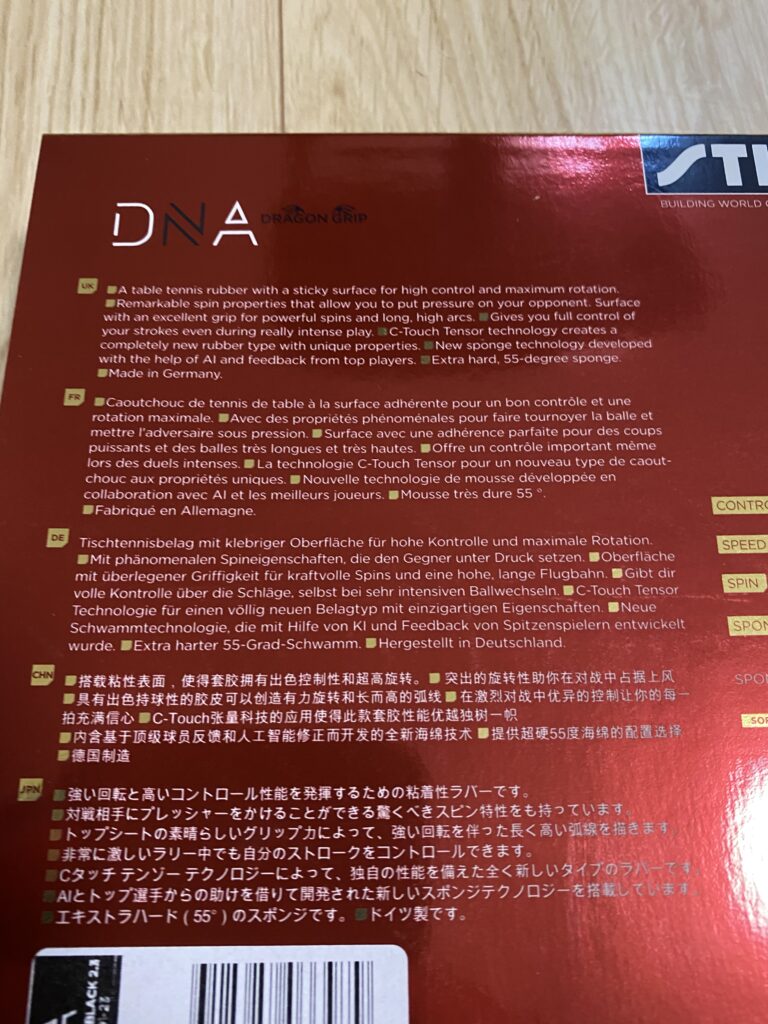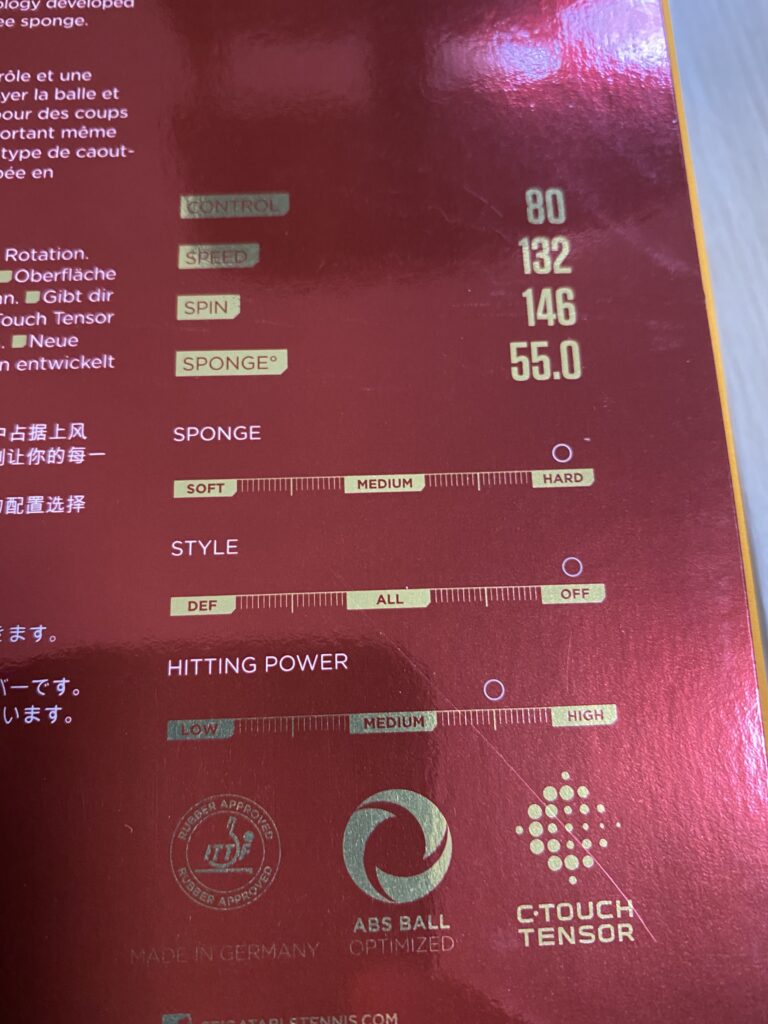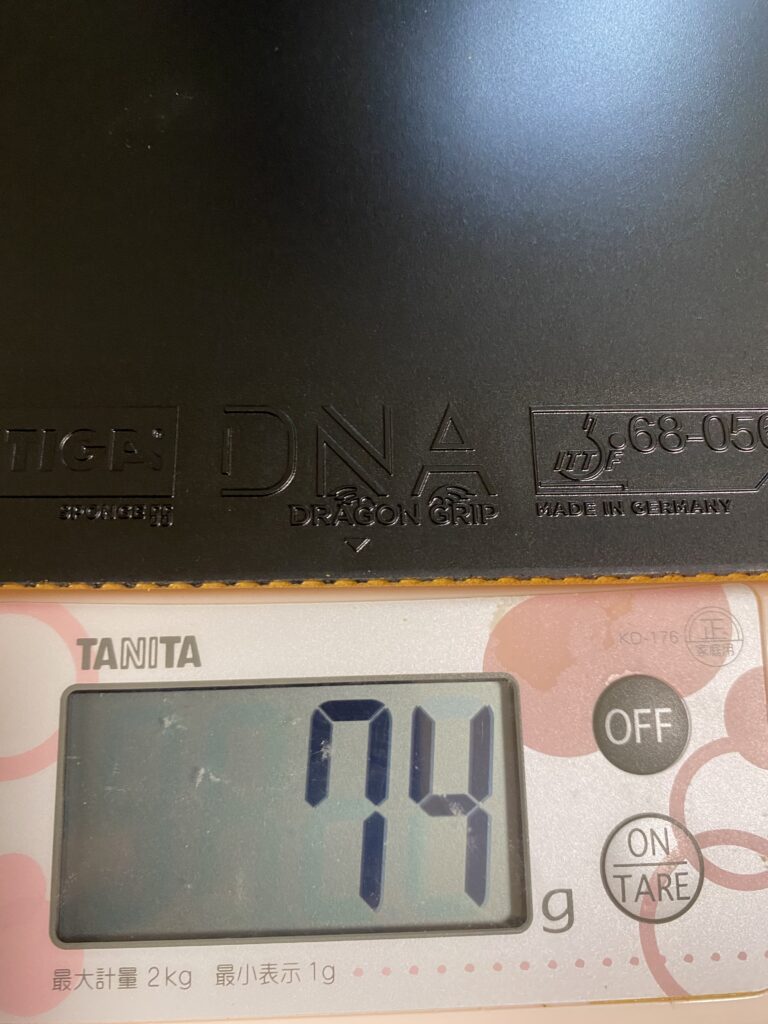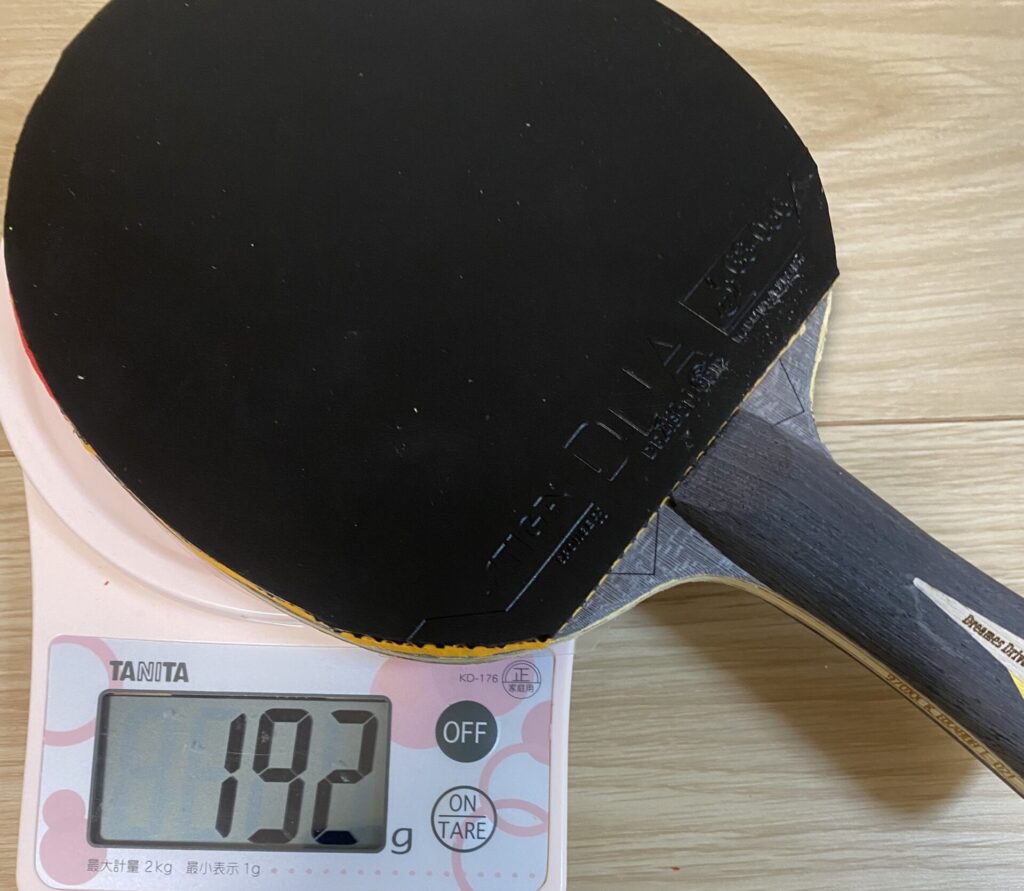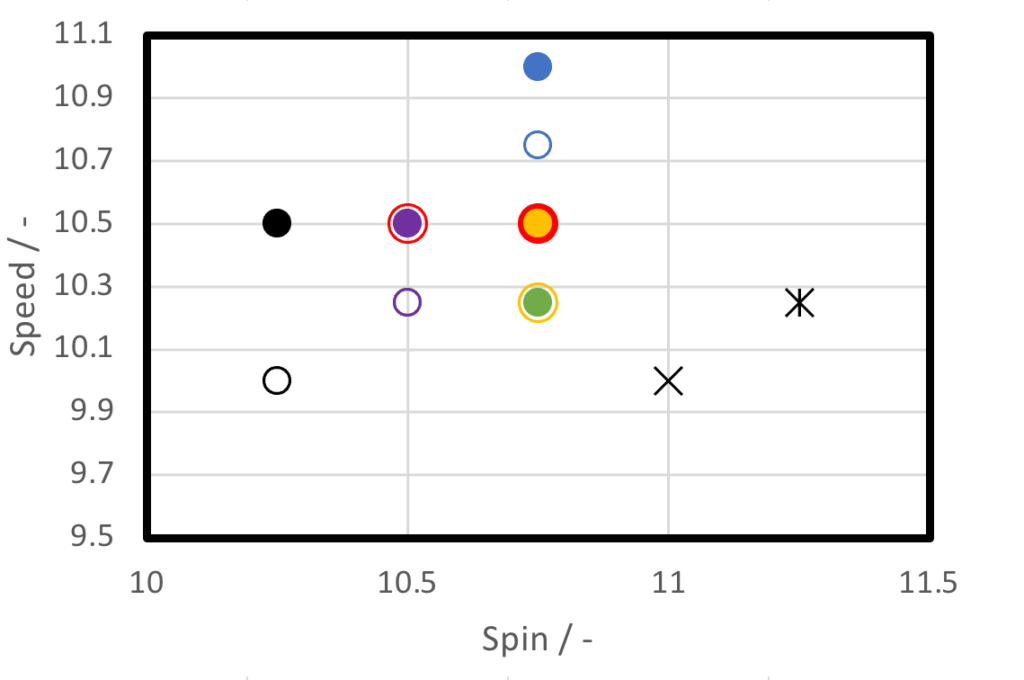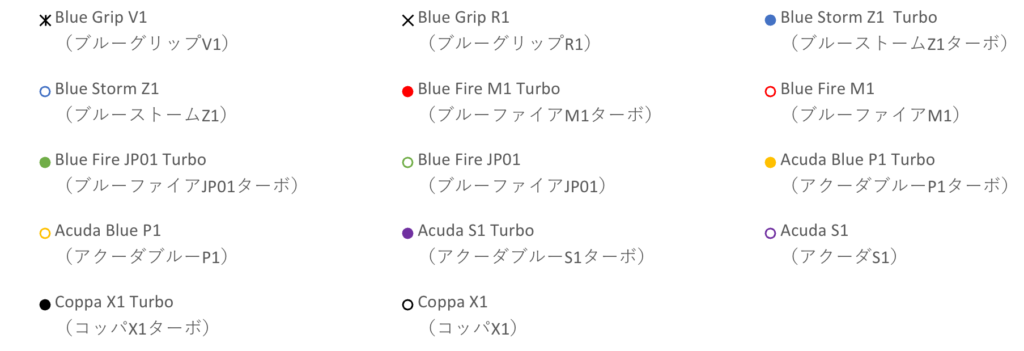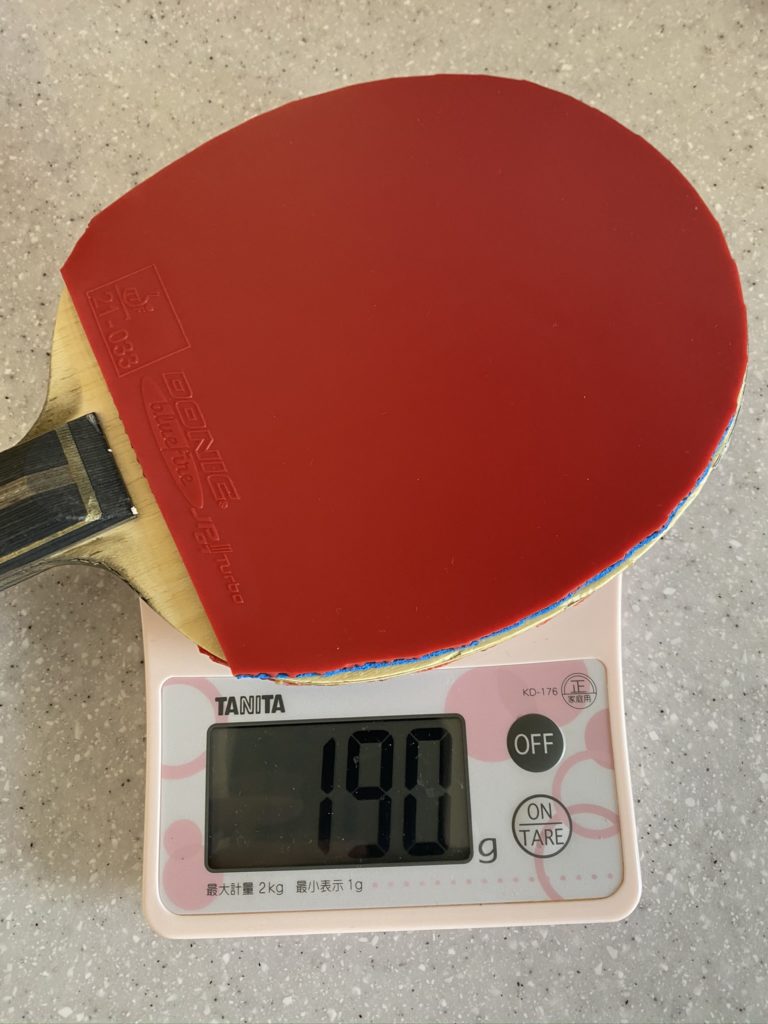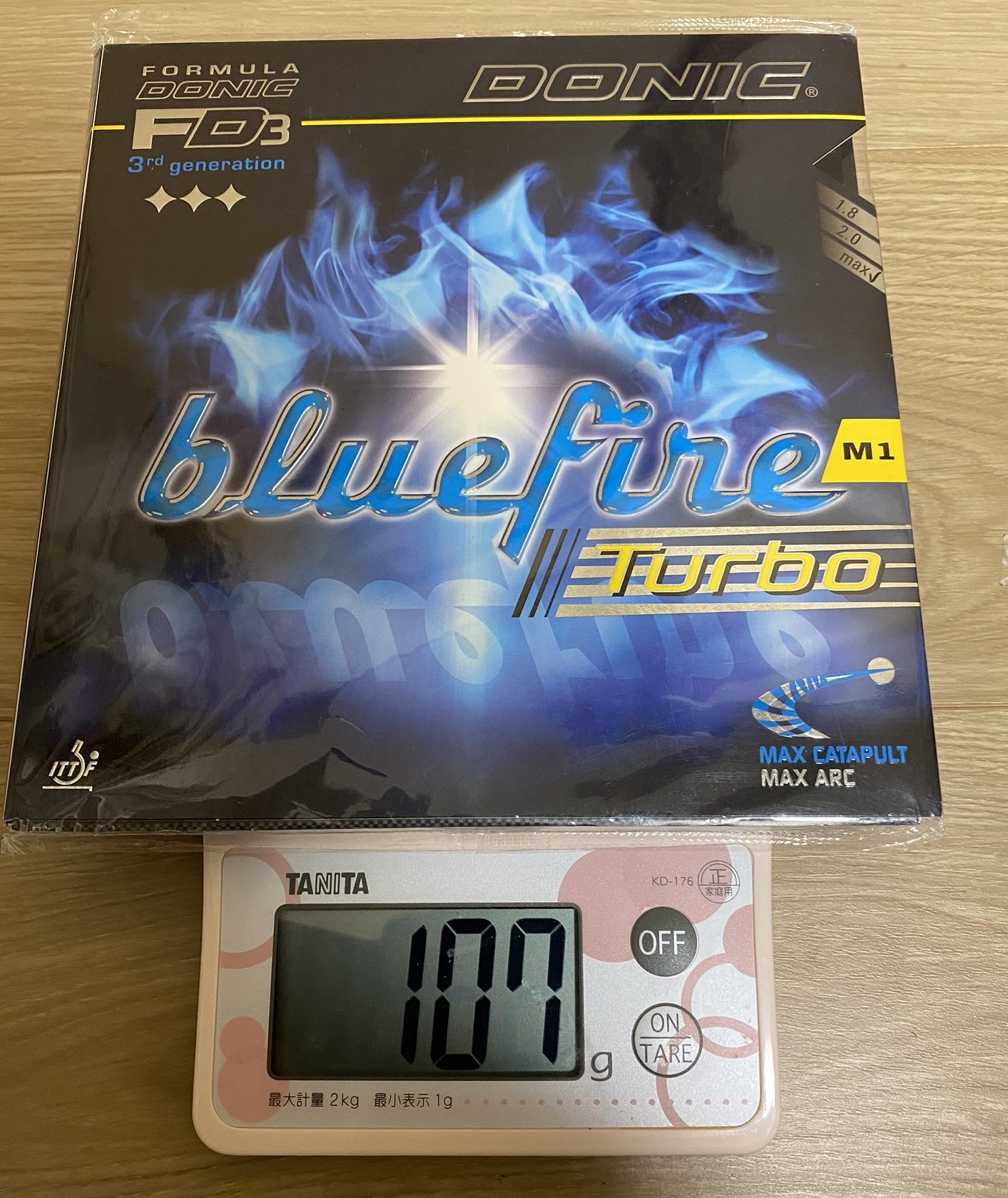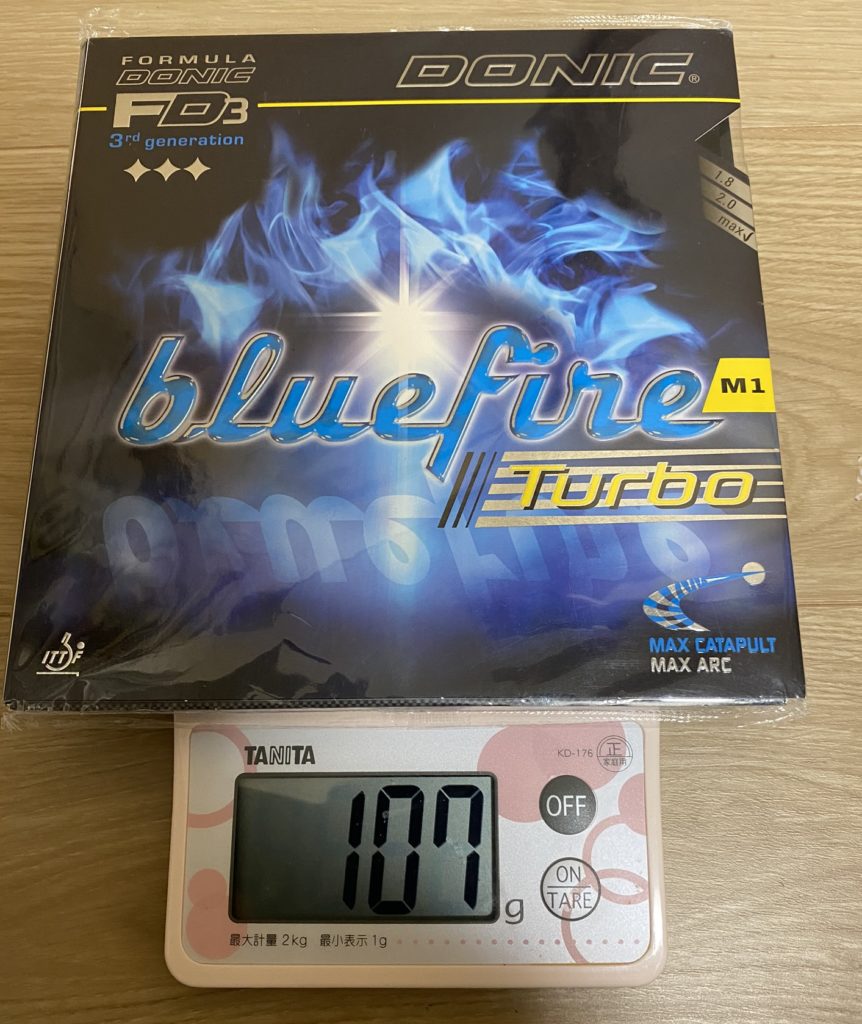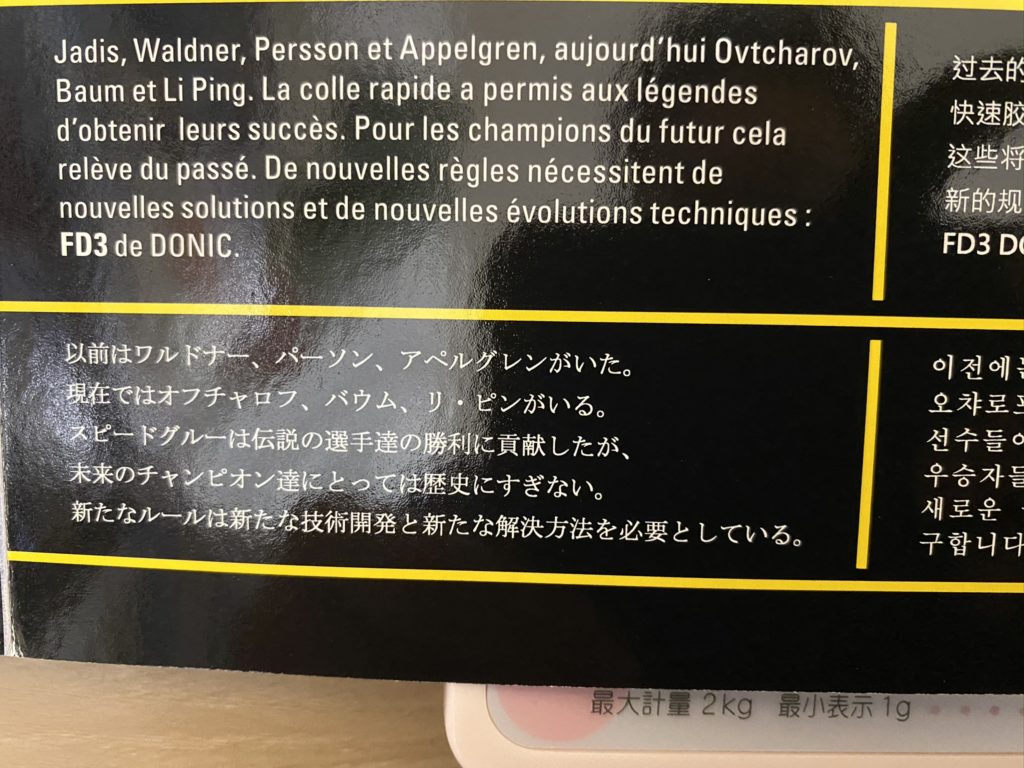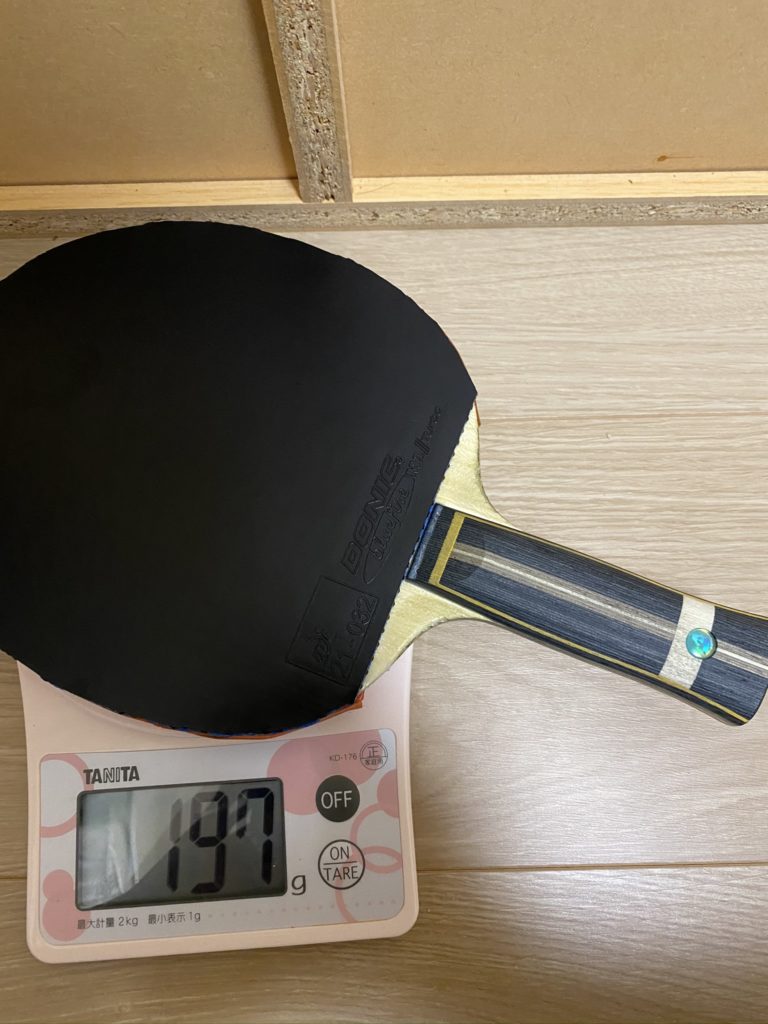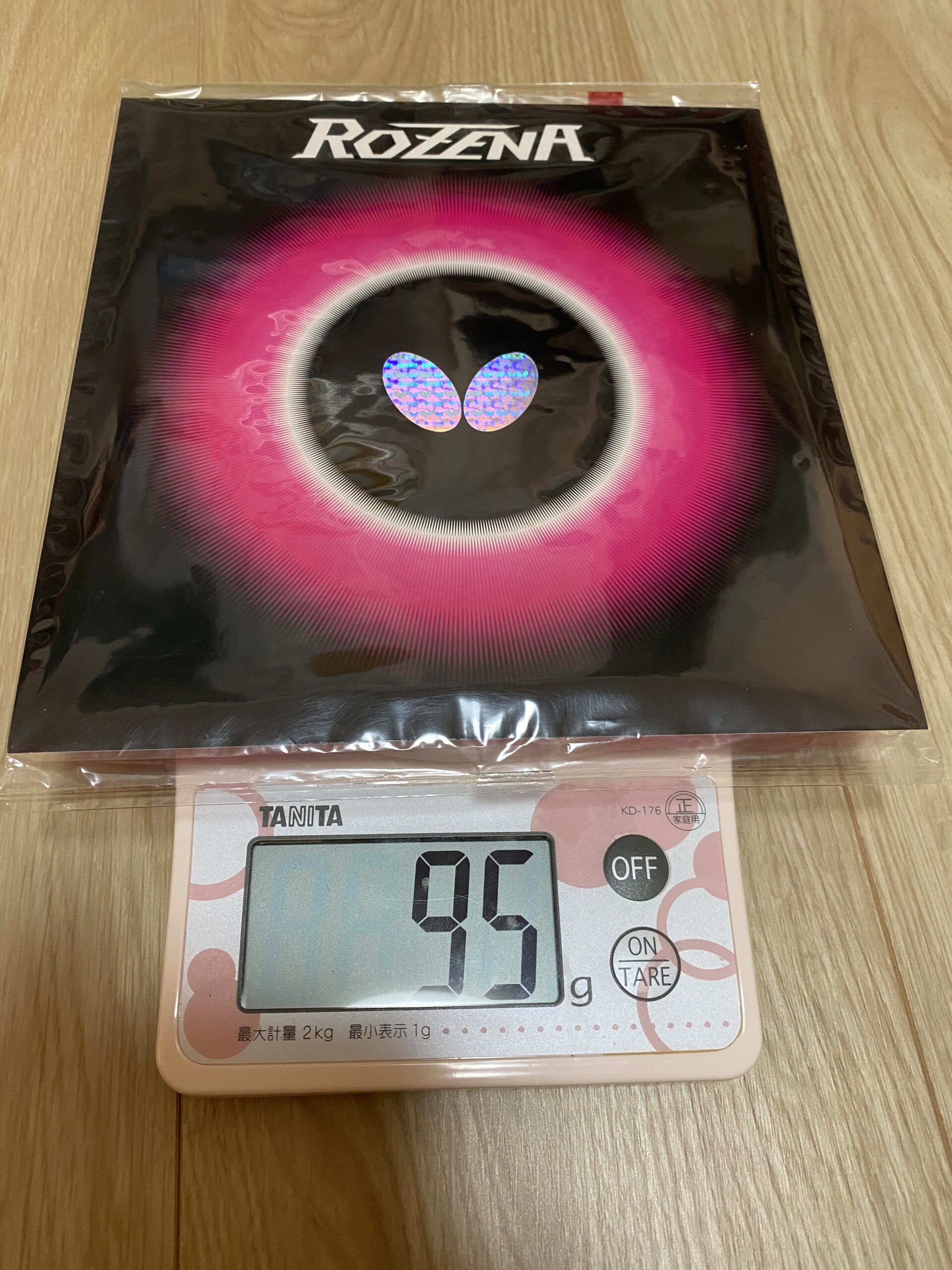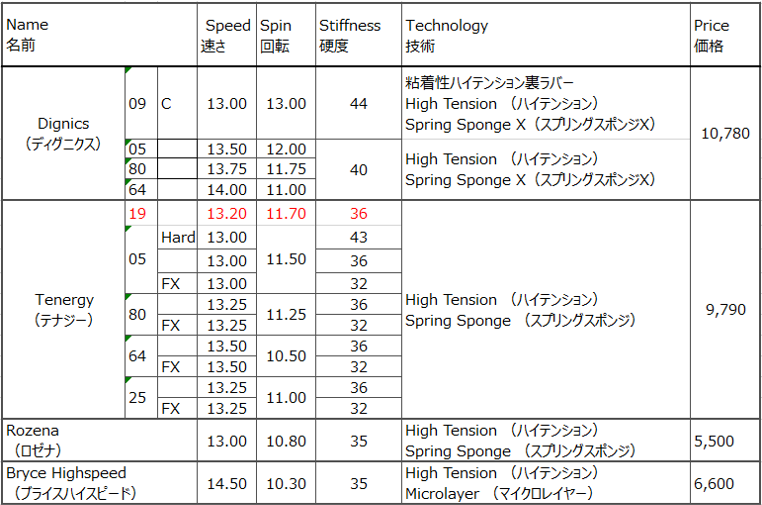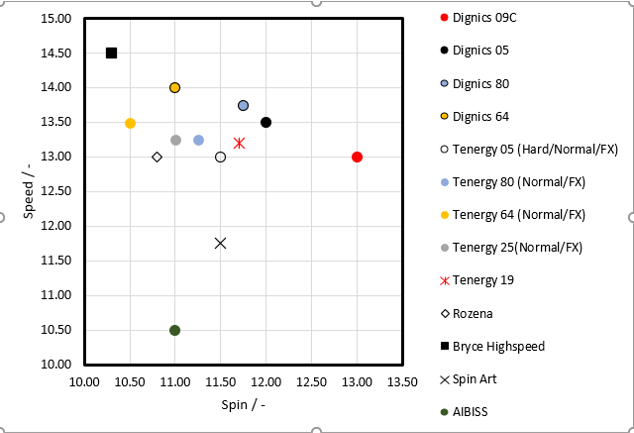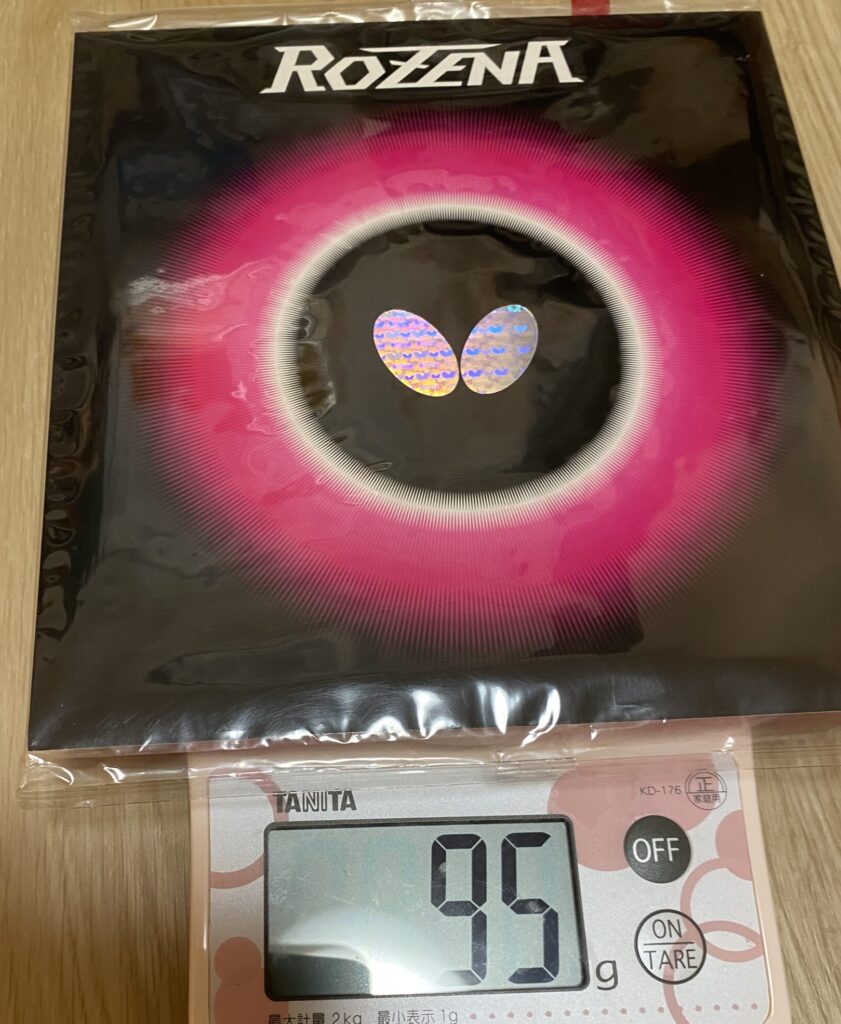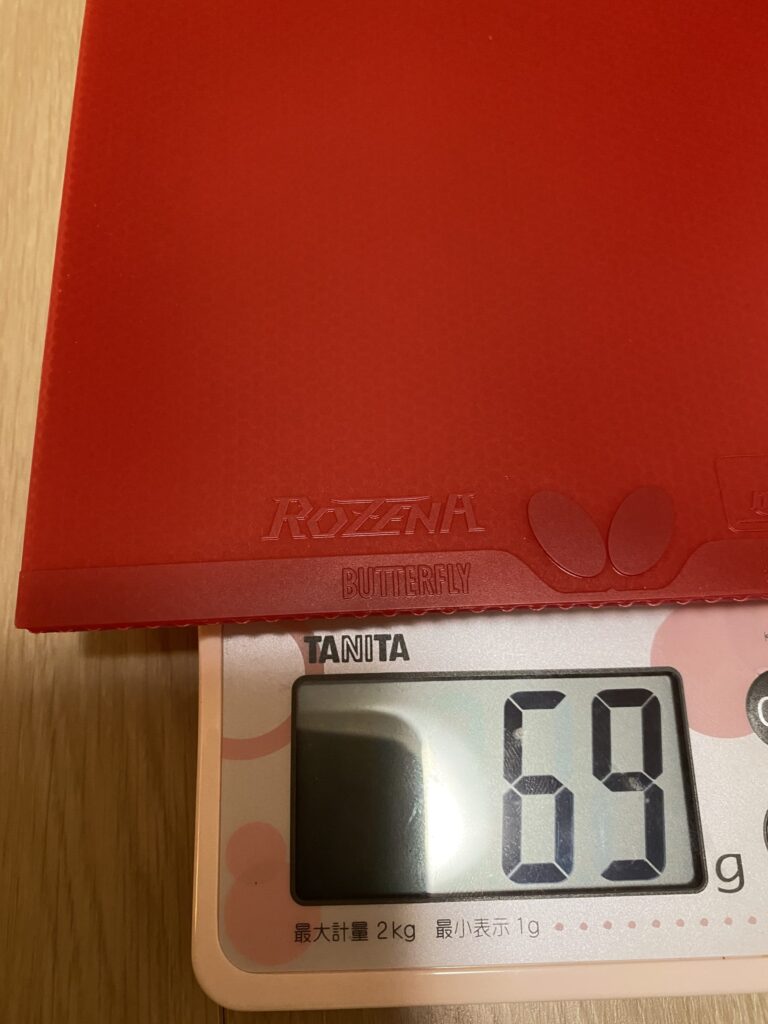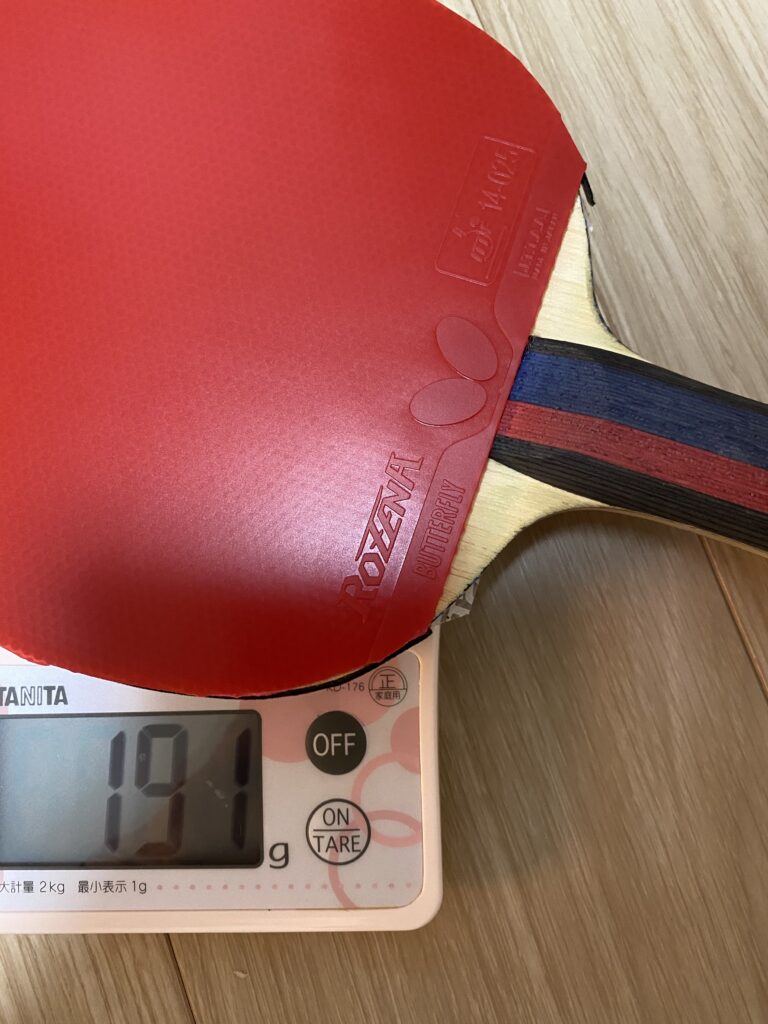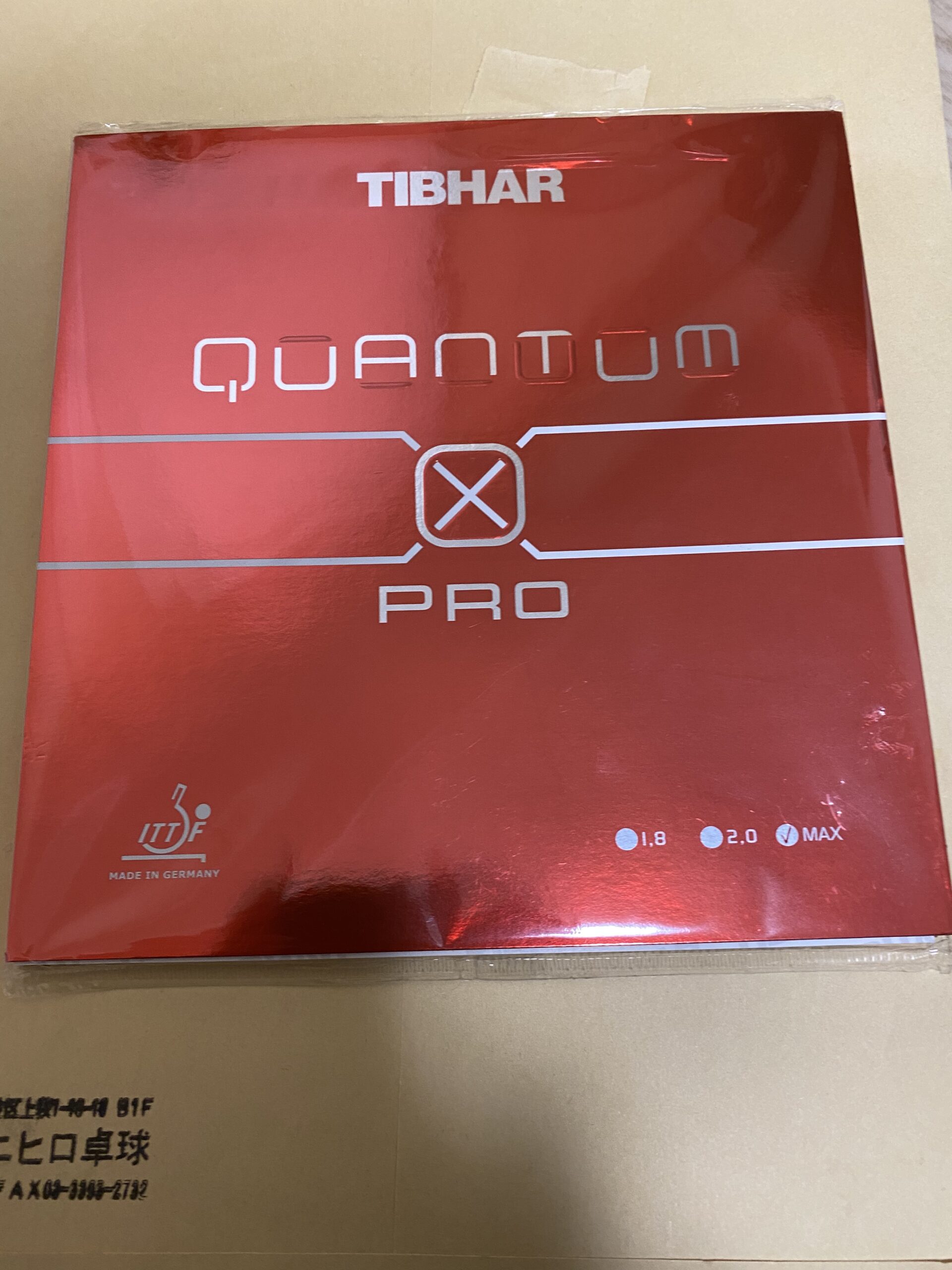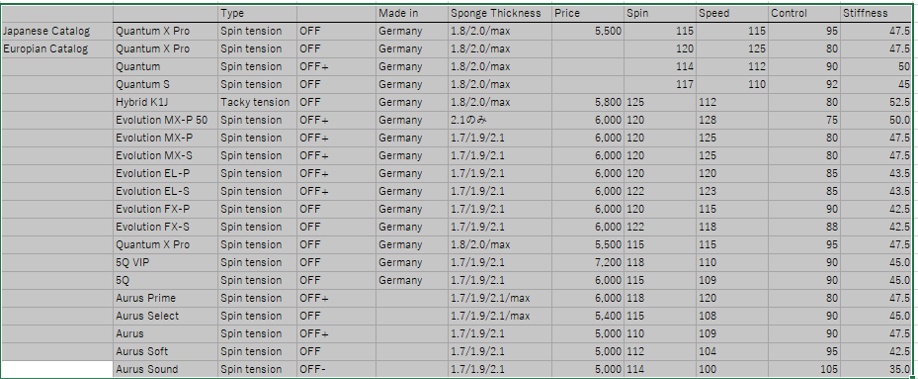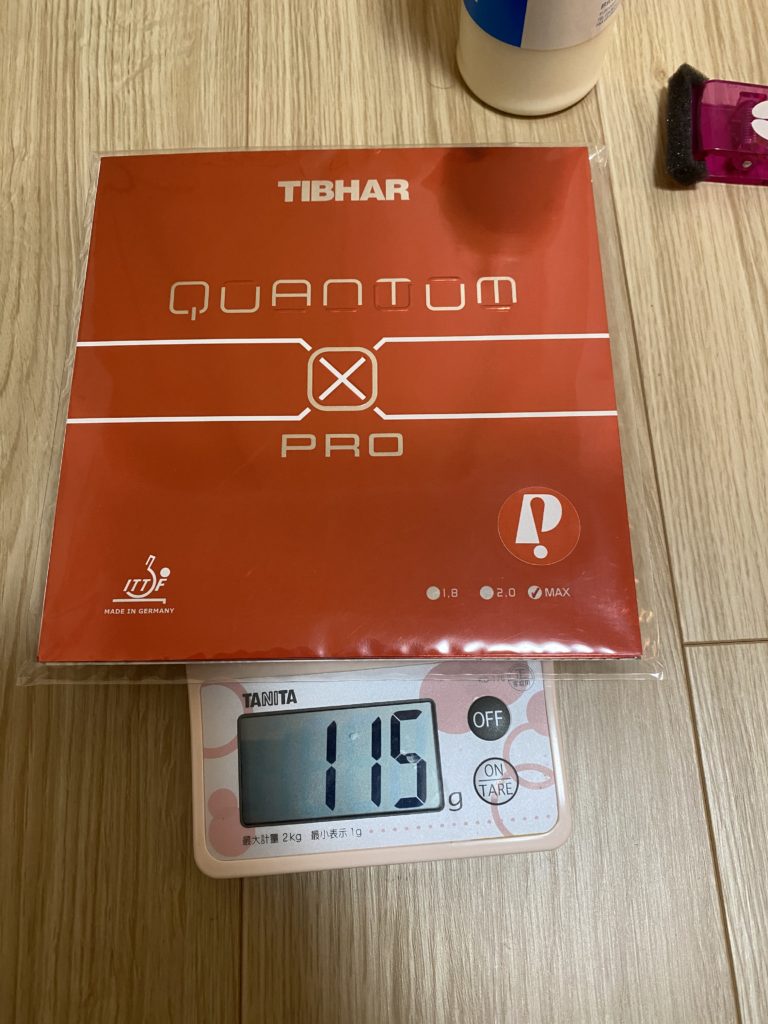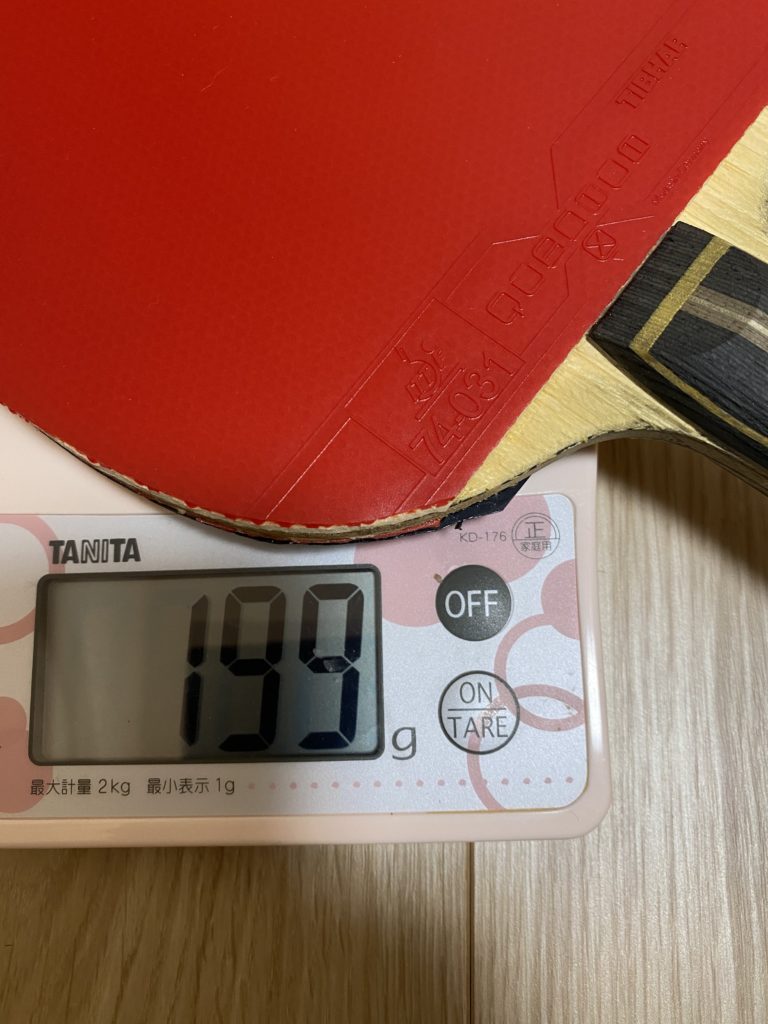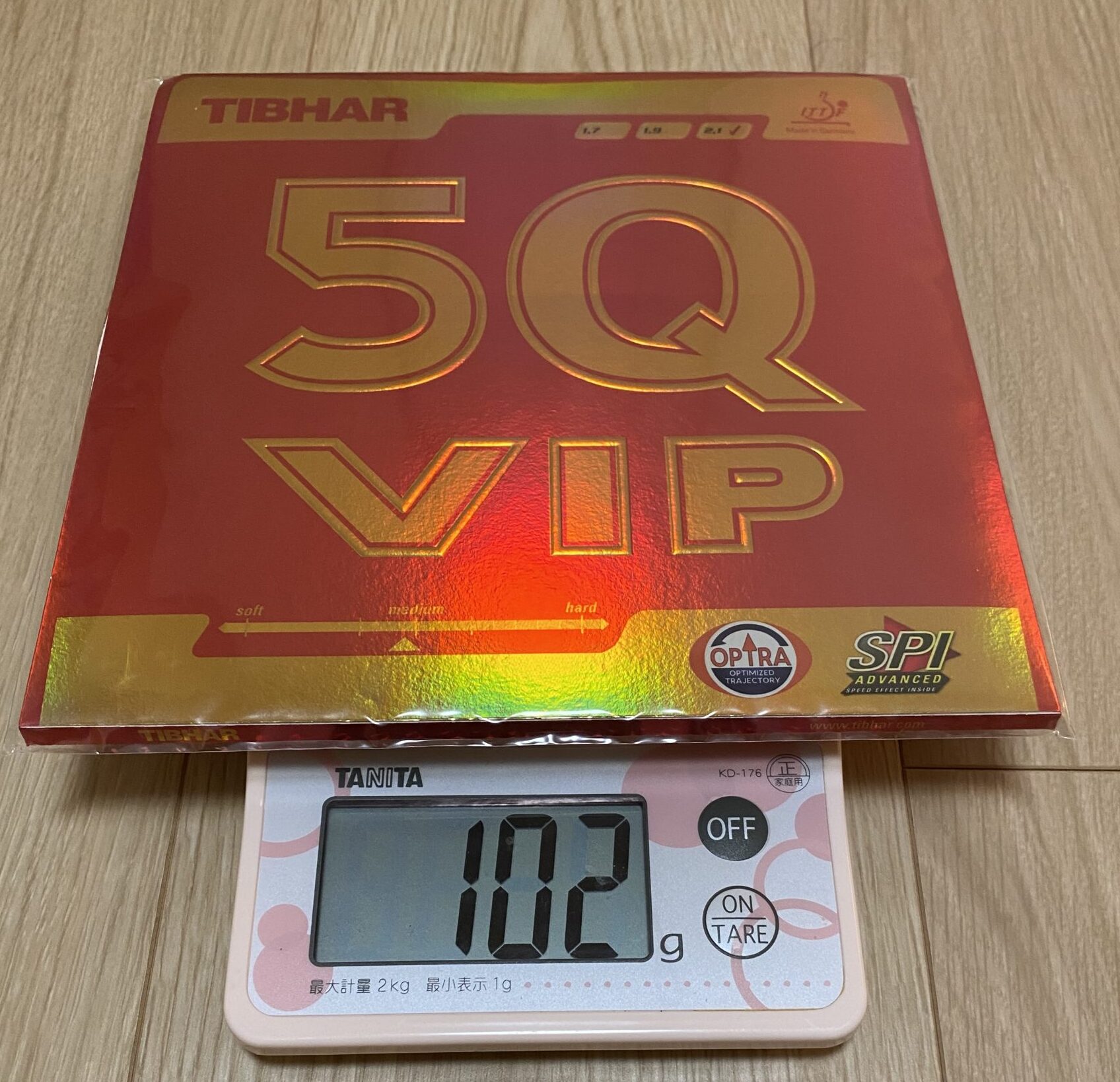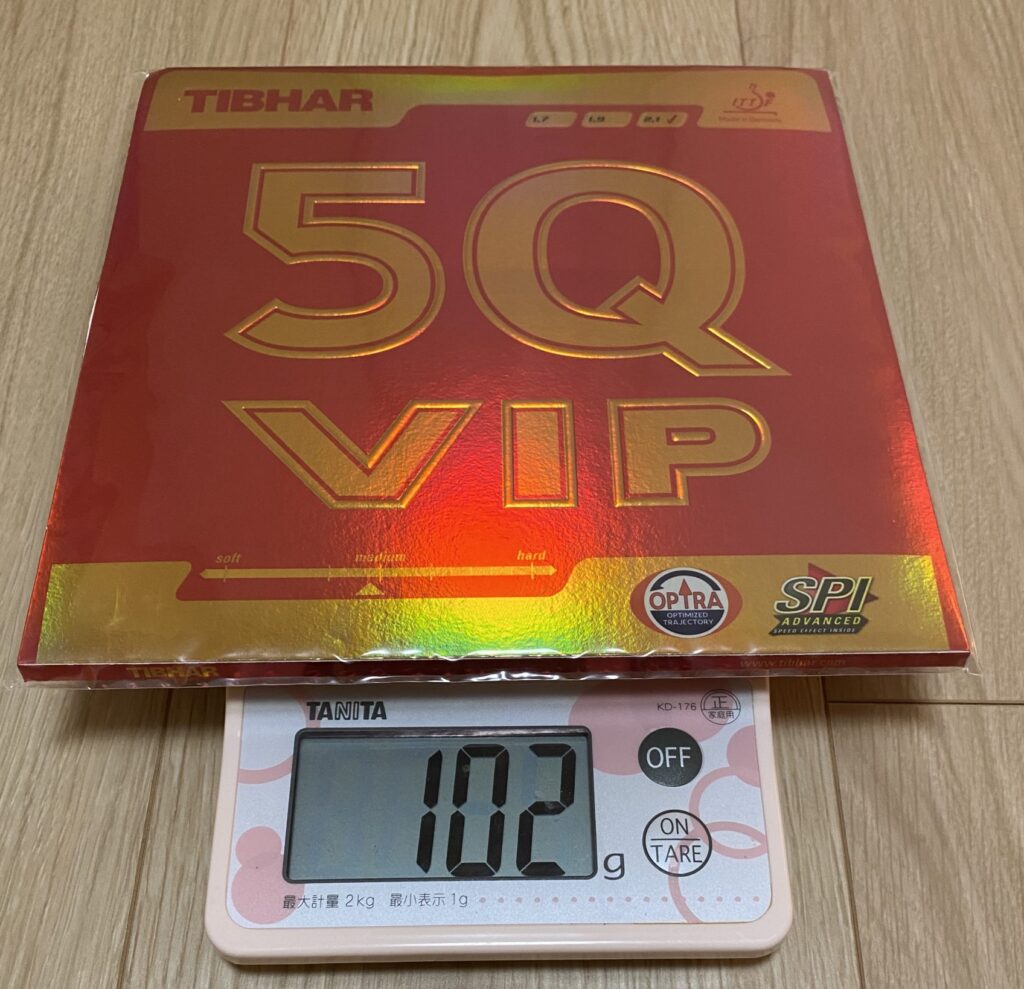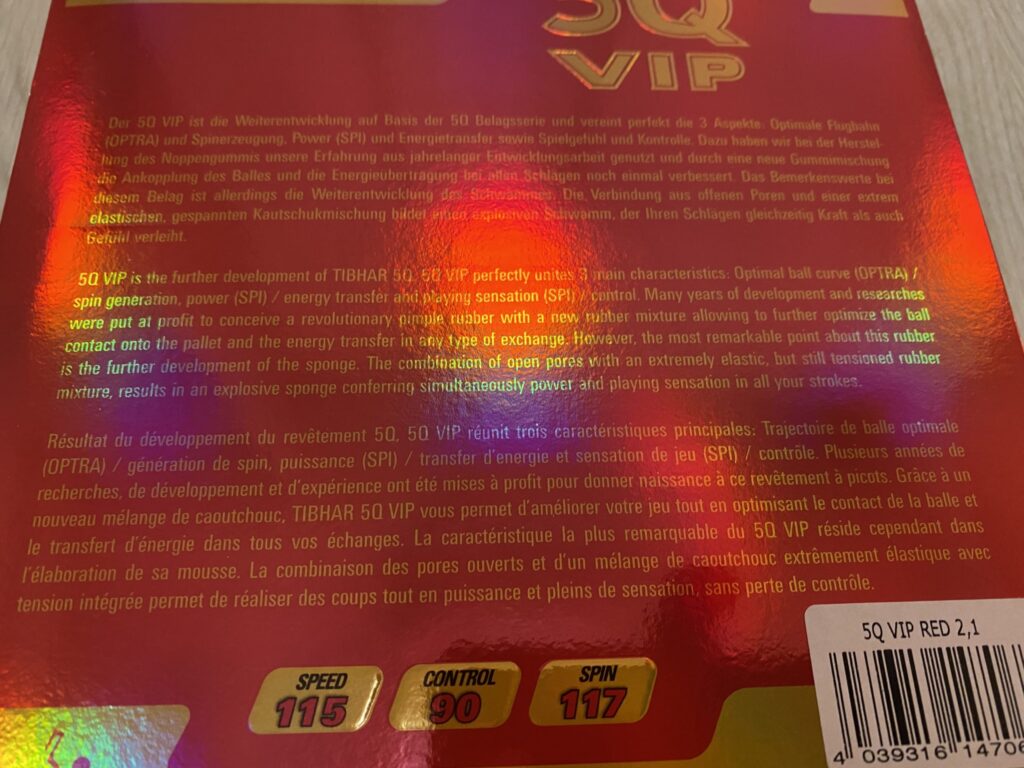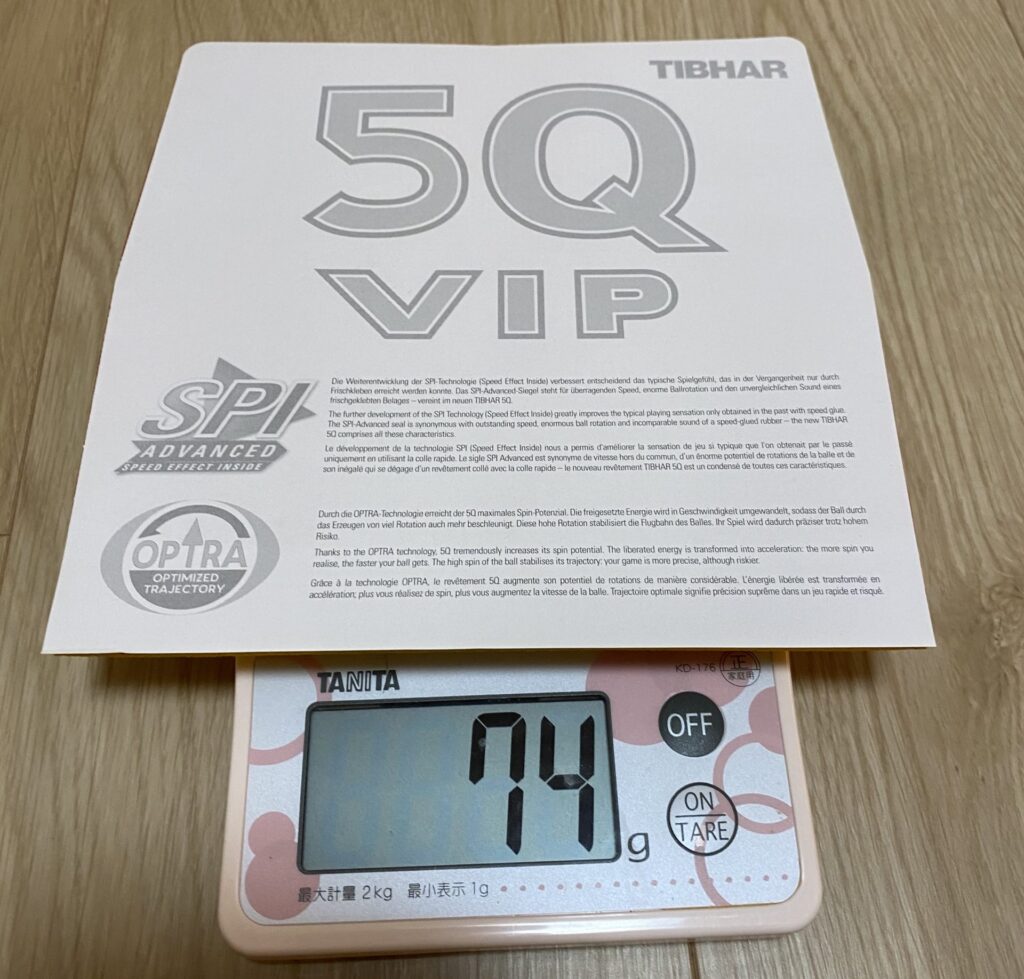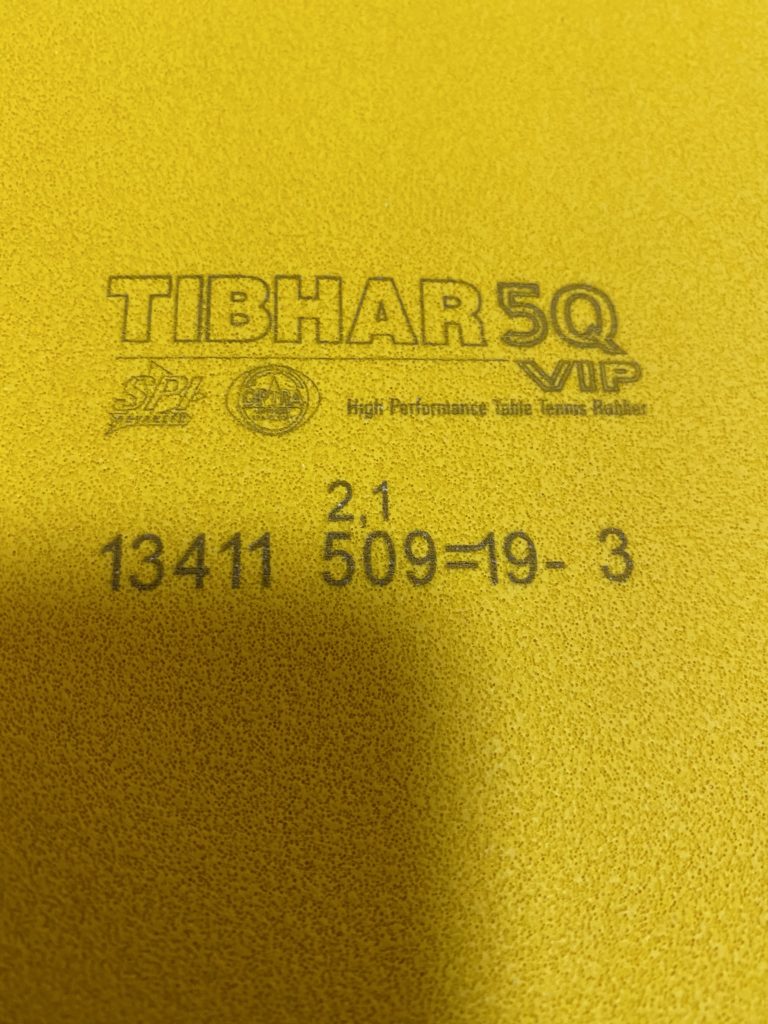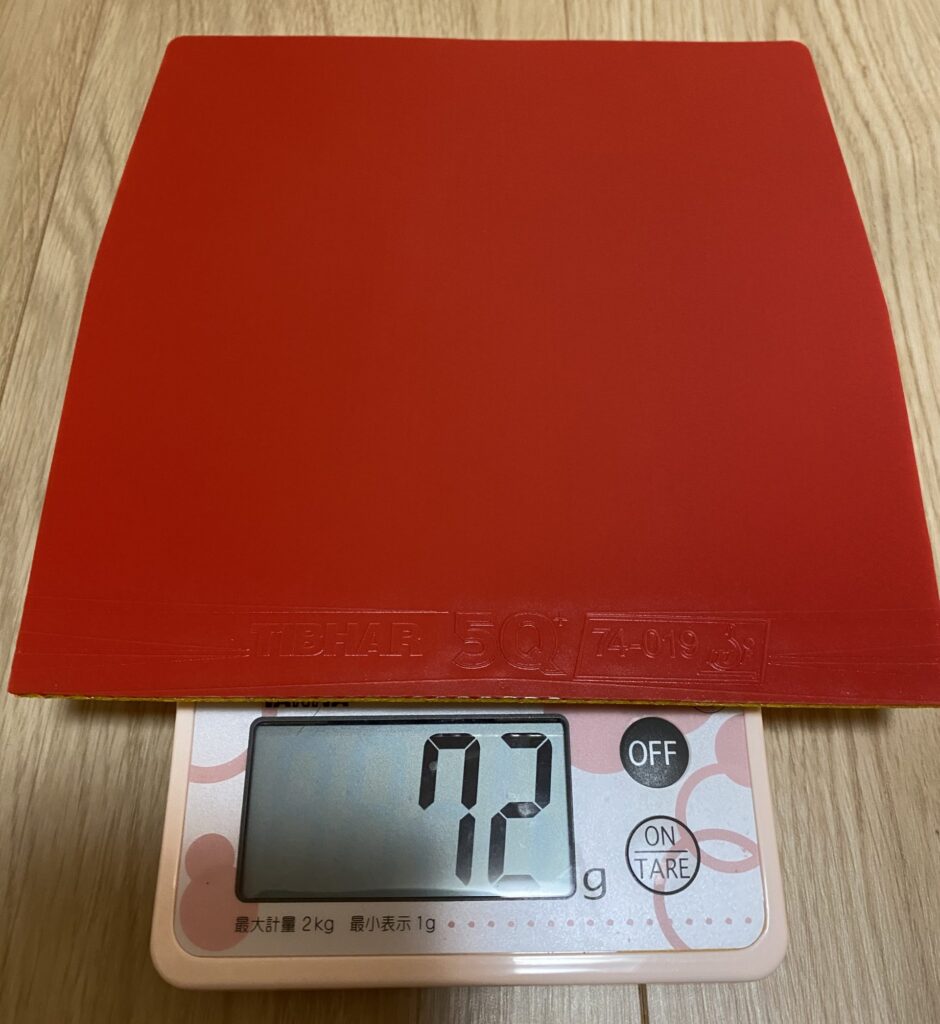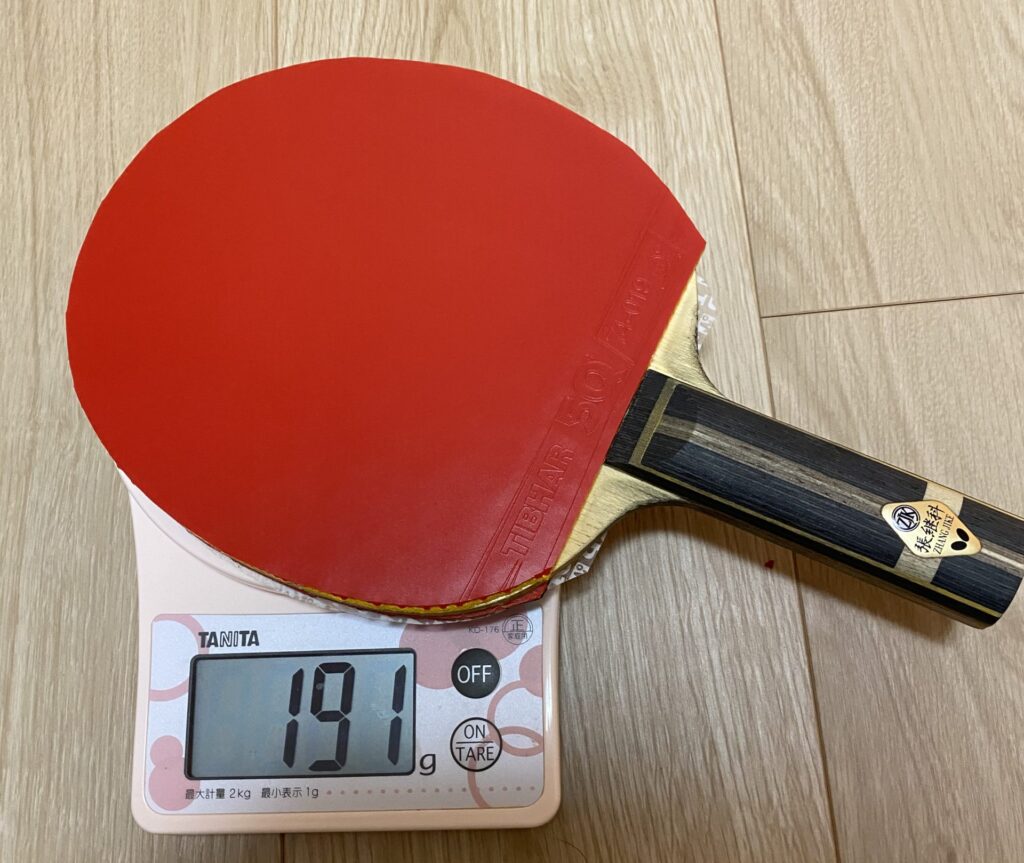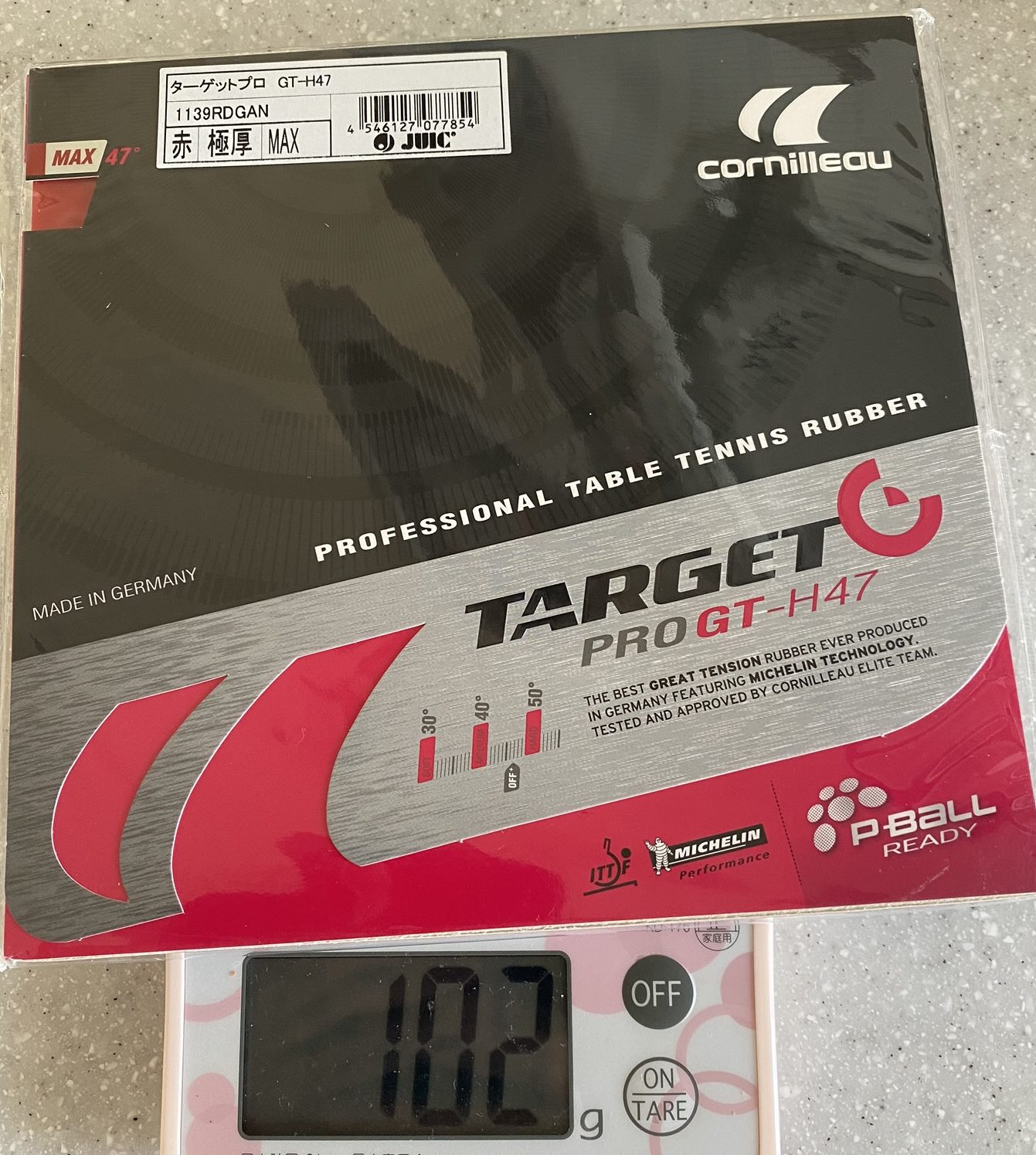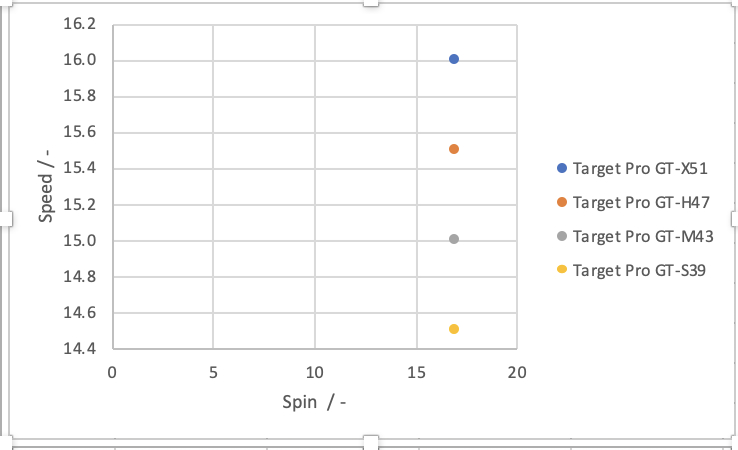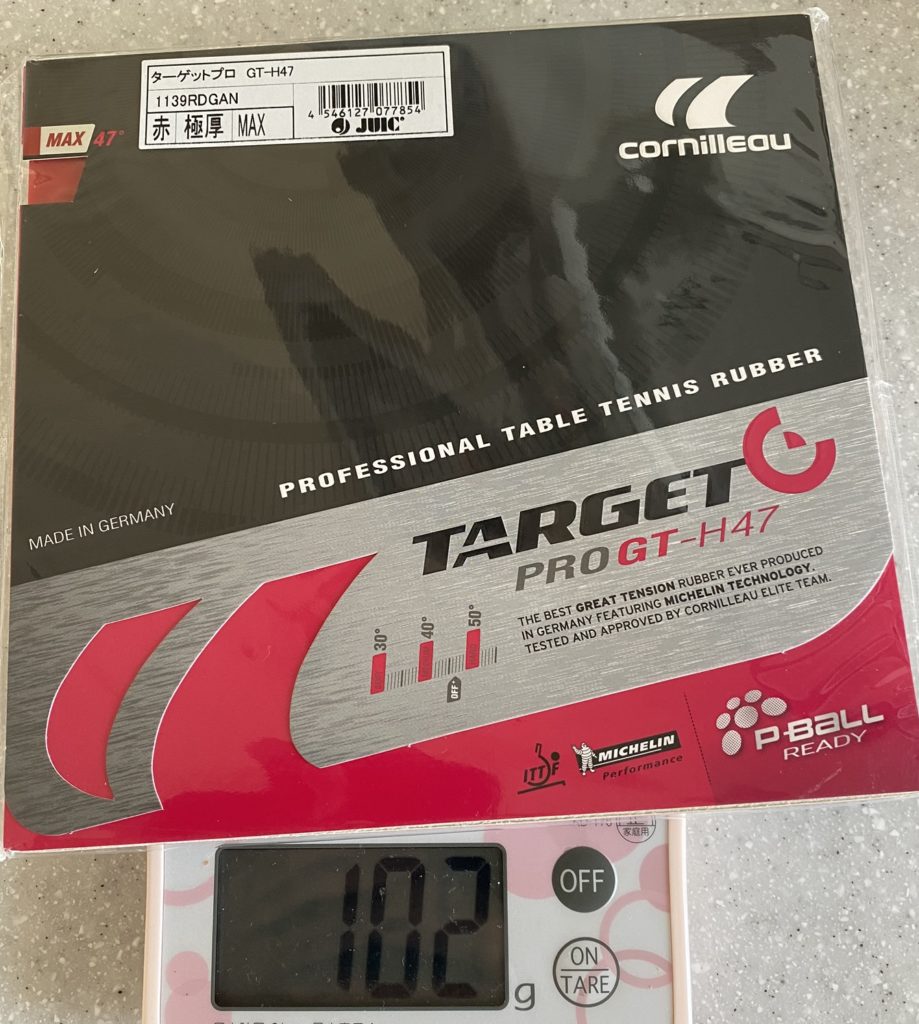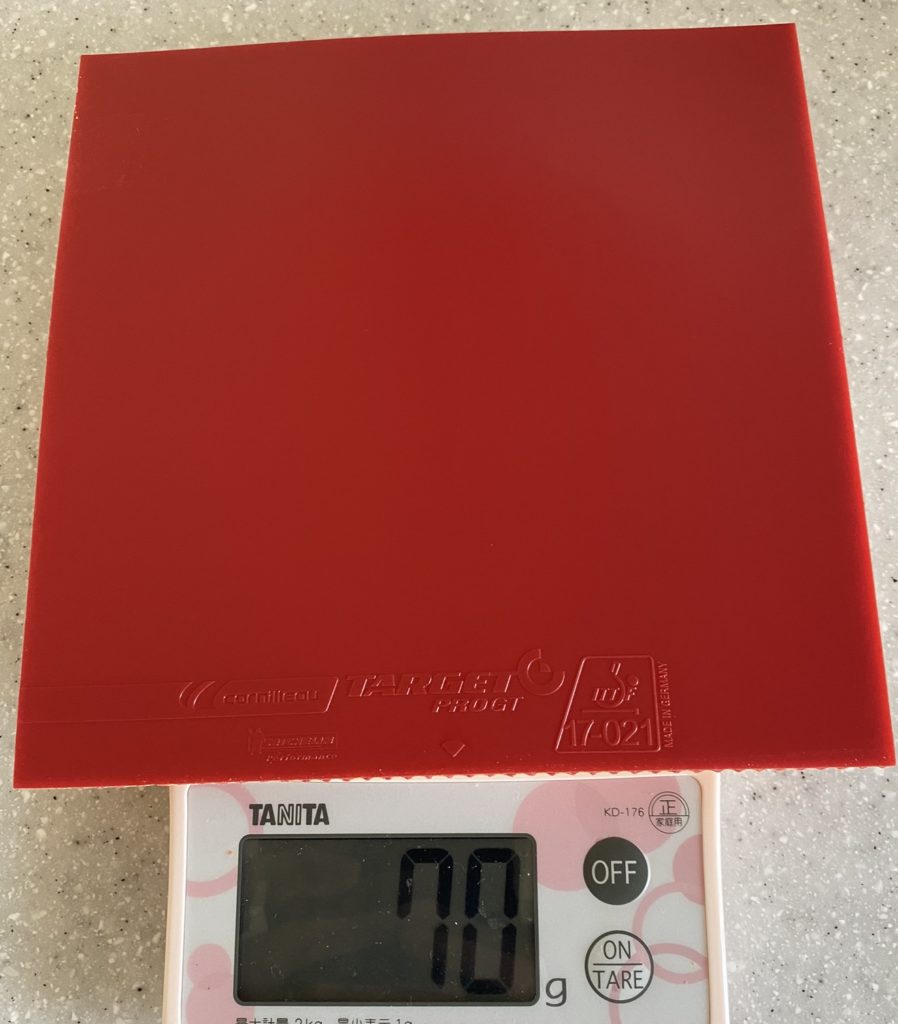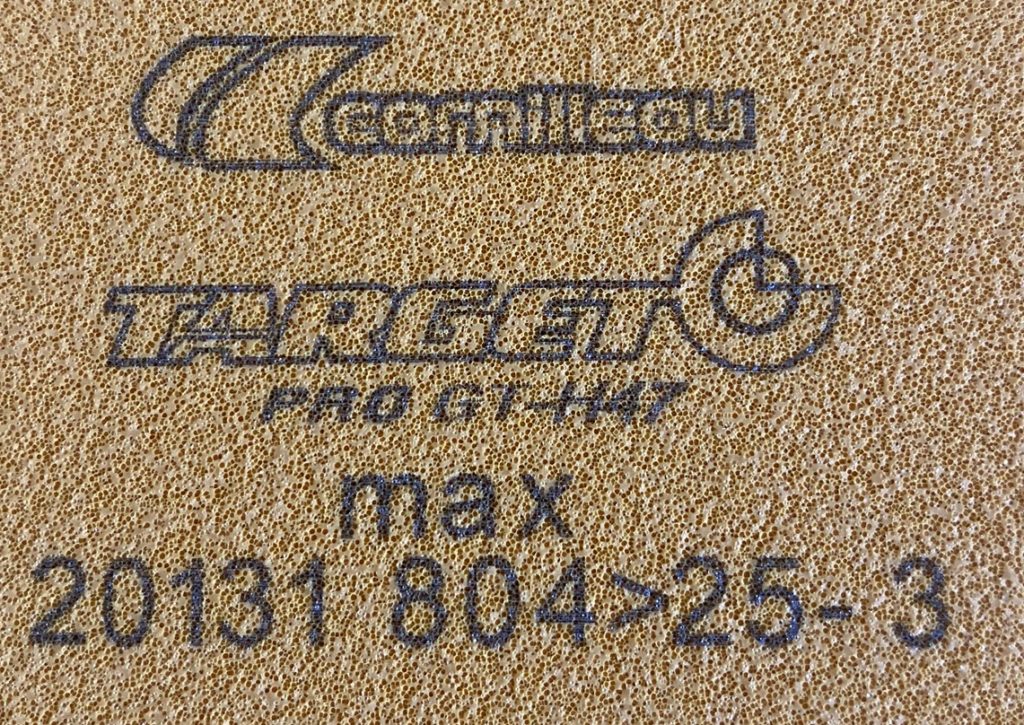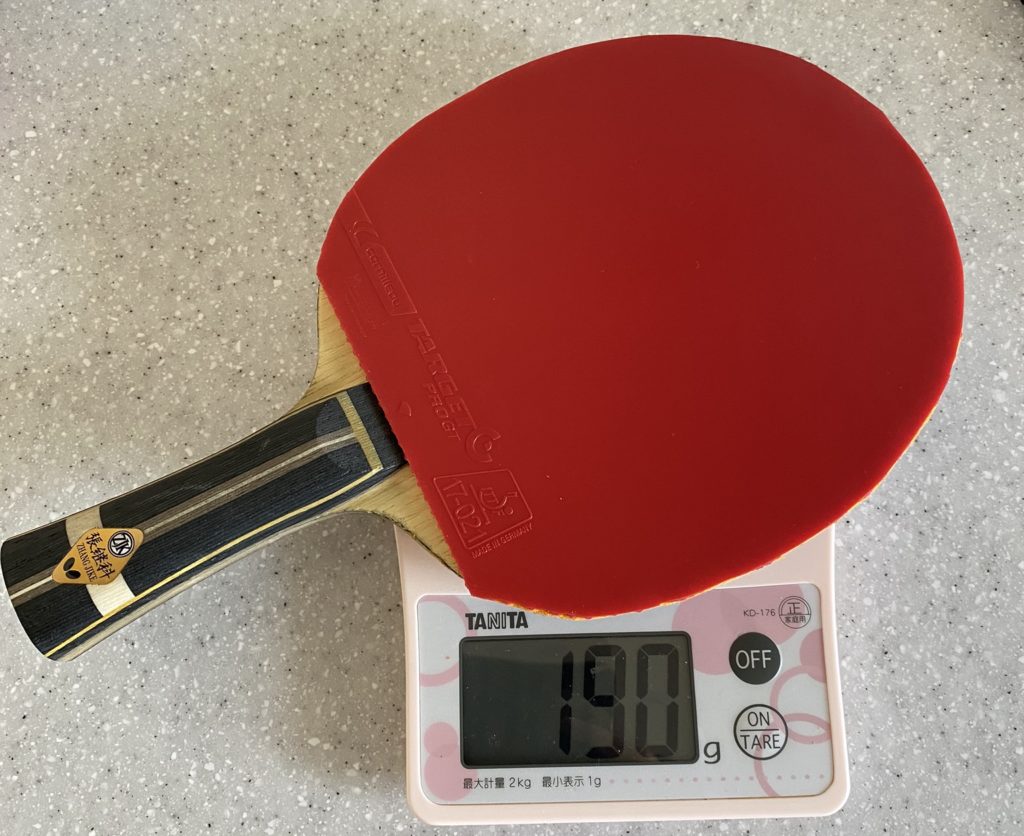Explanation
andro sells rubber that feels outstanding rotation performance among German-made rubber. For katsuo000, if you can’t use Butterfly’s Tenergy series or Dignics series, you can be sure that you’ll use andro’s signature rubber, the Rasanter series. The reason is that the Rasanter series has high rotational performance! Considering the price, I think it is a very good rubber series. It’s been a long time late today, but we’ll be reviewing the original Rasanter sign, Rasanter R47!
Speaking of andro, the stylish apparel and the green color of the rubber sponge always give off a unique presence. Players contracted with andro include Simon Gauzy, who has defeated Jun Mizutani at the 2017 Table Tennis World Cup and China’s Xu Xin (Xu Xin, China) at the 2019 World Championship. (Simon Gauzy, France) and Akifumi Hamakawa, who entered the 2019 All Japan Championship as a ranker. Also, in recent years, you have contracted with table tennis club coaches from all over Japan, and the coach who has participated in the All Japan Championship, who is also indebted to katsuo000, has also contracted with andro. I think this area is strategic.
From Rasant to Rasanter
andro was selling the characteristic green sponge rubber Rasant series (Rasant Grip, Rasant Power Grip), Rasant Power Sponge, which was sold as a signboard until 2016. The 6 types of Rasant Power Sponge, Rasant Beat, Rasant Turbo, and Rasant) have all been discontinued, and a new lineup called Rasanter has been launched in 2017. The Rasanter series is a new flagship rubber that uses the same green sponge as the Rasant series. The Rasanter series includes the R series, which has high rotational performance and makes it easy to make arcs, and the V series, which has high rotational performance and speed performance, and is sold with a number that reflects the hardness of the sponge attached after R or V. In addition, ahead of other German manufacturers, it will be a rubber lineup equipped with a technology called Ultra Max, which has a sponge thickness of 2.3 mm. This technology seems to have been applied to top players before that, and it is a rubber that makes the seat thinner than the current one and makes the sponge thicker by that amount. There is an international rule that the thickness of rubber, including the adhesive layer, should be 4.0 mm or less, so it is necessary to make the sheet thinner in order to make the sponge thicker. It is said that rubber with a thin seat and a thick sponge is easier to get rotation, speed and flight distance, and it is easier to get the performance to receive top players. However, thinning the sheet is prone to manufacturing variations, and it seems that it was not widely available before that. Probably the latest technology could increase productivity, and as a result, it became possible to produce rubber with a thin sheet and thick sponge at a low price, and it seems that it was sold to the general market. This technology is not sold to the general public in Butterfly’s rubber, which sells the Tenergy series, which is the world standard for leading table tennis equipment in Japan and around the world. As of 2020, Butterfly has the thickest sponge, with a sponge thickness of 2.1 mm. In recent years, the number of rubbers made by other German manufacturers or made in Germany with thin sheets and thick sponges, so-called rubber thickness Max, is increasing.
Up to now, 8 types of Rasanter have been sold, 6 types for the R series and 2 types for the V series.
Rasanter series
The Rasanter series has a naming like the series in which the sponge hardness can be finely selected with the rotating R and the speed V, but when I actually tried it, it was different from my imagination. Apparently, the hardness of the sponge was changed, and the shape of the seat was also changed, so the shot feeling, performance, and easy-to-use technology were different. Furthermore, although the V series is certainly fast, it is not a rubber specialized for speed because it takes a lot of spin tension and rotation. katsuo000 has tried out R53, R48, R50, R47, V47 and R42, and would like to summarize the comparison in the future. I would like to comment here that the grain shape of the R53, R48, and R50 sheets is a little thin and the grain shape feels a little quick to separate from the ball. Compared to Dignics 05 and Tenergy 05, I think the grain shape of the sheet makes it harder to feel the ball holding. On the other hand, the sheet is soft and the sponge has a good bite, so I think that it is a rubber that feels like holding a ball when it bites into the whole rubber. Initially launched in 2017, there were six types: R50, R47, R42, R37, V47, and V42. Furthermore, in October 2019, the R53 equipped with Energy Cell technology was newly released, and in May 2020, the R48 also equipped with Energy Cell technology was newly released. Currently, andro’s flagship rubber is R53 and R48.
Recently, I think that the R53 and R48 of the red santer are the focus of attention in the Rasanter series. We have already created a review, so we hope you will read it as well.
Published performance value
It is a comparison of performance values announced by andro. Is it characteristic that andro adds an item called control in addition to speed and spin? After all, R53 and R48 with energy cells have high performance and you can see that they are the current signboard rubber (as of September 2020)!

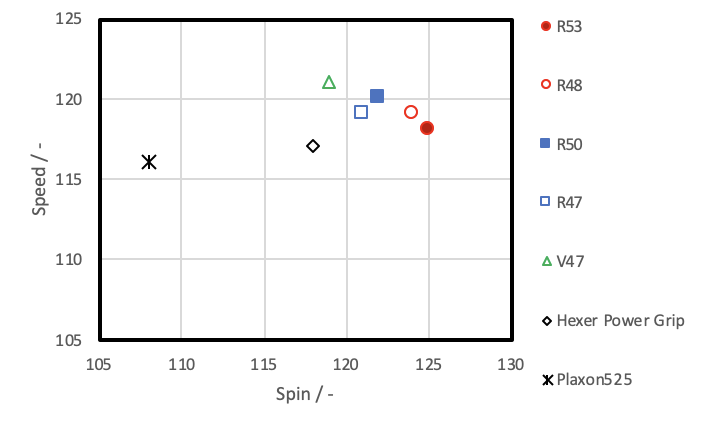

R47 was a rubber used by Hamakawa in the past. To put it simply, the shot feeling of the R47 is the most similar to Tenergy 05 (Tenergy 80? For some people) in Rasanter, and I got the impression that it is the rubber that feels the hardness due to the grain shape of the sheet most. .. The Lazanta series are not rubbers with different hardness, but are probably developed with their own concepts. I think the R47 is an andro version of Tenergy 05-like rubber that was developed with Tenergy 05 in mind. By the way, just because R47 looks like Tenergy 05, R50 is not a rubber close to Tenergy 05 Hard! The difference in the numbers is more than the hardness of the sponge, so the concept has changed, so I think it’s better not to choose just the hardness. If you don’t know the Lazanta series at all, you may think that R47, R48, R50, and R53 have different hardness, but it’s not just a difference in hardness! In this R review, I would like to touch on the above points as well. Thank you for your cooperation.
R47 sticking and weight

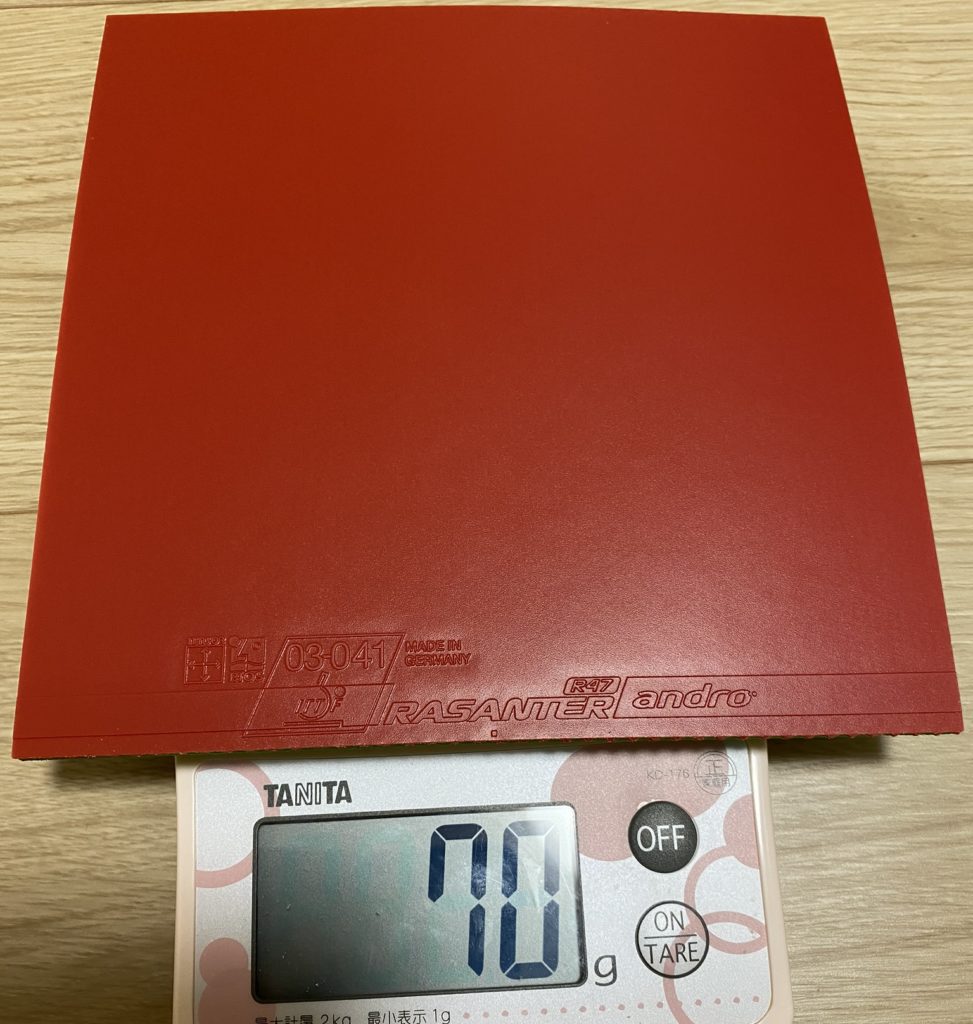
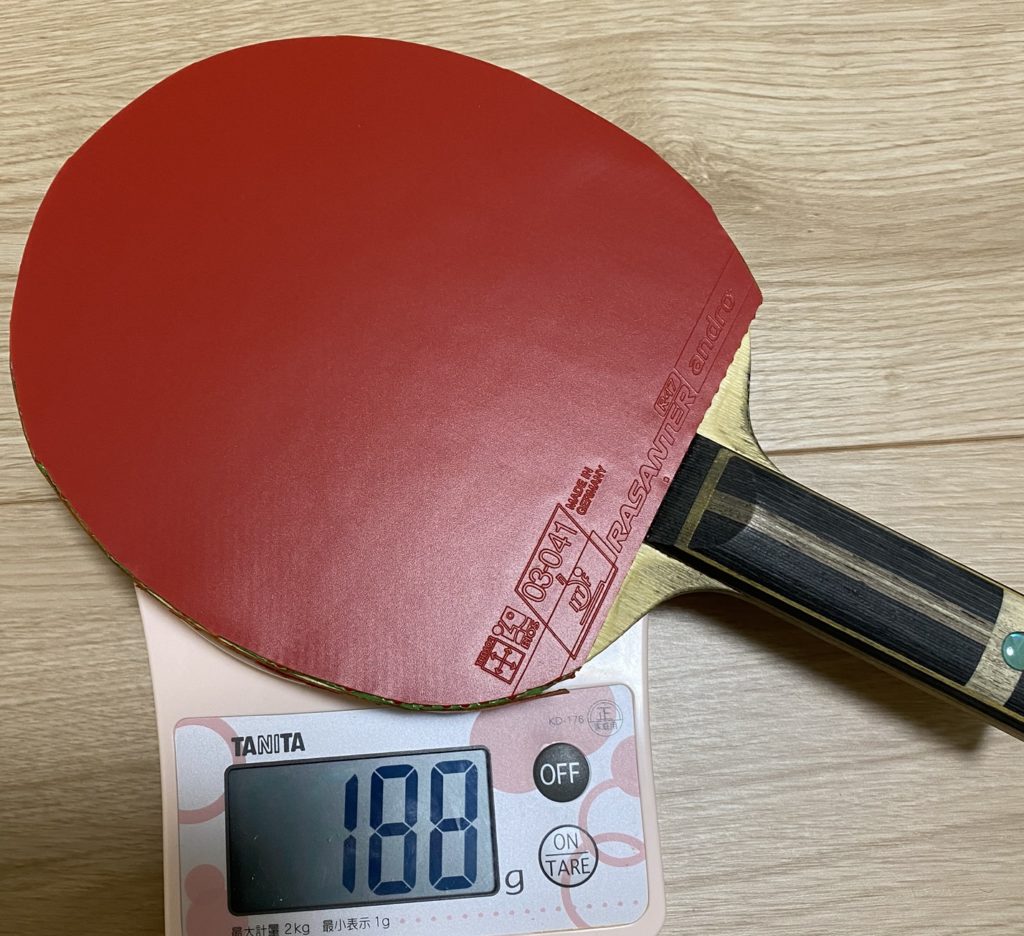
Rasanter R47
UM Tension (Tensor Bios UM)
For 40+ Plastic Ball
・Sponge Thickness: 1.7 mm, 2.0 mm, ULTRAMAX (2.3 mm)
・Speed: 119
・Spin: 121
・Control: 85
・Sponge stiffness: 47
・6,200 yen + tax
・70 g (before cut) → 49 g (after cut)
It was just 49 g as expected. It’s just the right weight! Will it be 50 g depending on individual differences? Still, I think the weight has a good balance between power and ease of use!
Three features of Rasanter R47
I wanted to use R47 compared to R50 for katsuo000. The R50 isn’t bad either, but I felt it was a little better than the speed performance. R47 and R48 are hard to compare, but if you want a habit ball or a rough ball, I think that R47 is easier to obtain than R48.
Of course, the rotation performance is high! Equivalent to or better than Tenergy 05!
R47 has very high rotation performance and I felt the rotation performance comparable to Tenergy 05! R47 is a rubber that has a hard sheet and feels the hardness derived from the grain shape like Tenergy 05. Therefore, I felt that it is easy to rotate with a sheet even among German rubber, and it is easy to obtain high rotation performance. Personally, I felt that the amount of rotation could be obtained by making the sponge a little harder, but I felt that the R47 is a rubber that can achieve both speed while obtaining a high level of rotation!
Among Rasanters with a sponge hardness of 47 or more, it has the best ball holding and is easy to control the loop drive!
Personally, I felt that R47 was the closest to the grain shape of Tenergy 05 in Razanter. Therefore, I found the R47 to be the easiest to control the loop drive. When I tried to catch the ball firmly with just the seat, I felt that the ball would be stable because it would hold well and rotate well. It was a rubber that I felt easy to rotate not only in the loop drive but also in the technology to apply rotation such as push, Stop, Chiquita!
Push / stop also stops!
The sponge was Ultramax (UM), but I didn’t feel it bounced that much. If I caught the ball firmly with the seat, it was easy to stop and stop. I think it’s easier to stop than V47.
Each technics review
Forehand
Light hit
I didn’t feel it was that hard.
Drive on long balls and rallies
The order of the rough balls
Rough R53 > R50 > R47 > R48 > V47 normal
It is an image. Compared to V> 15 Extra, I think V> 15 Extra will be on the left side of R50. V> 15 Extra is a soft sponge, but I think it’s a rubber that can produce a fairly rough ball. If V> 15 Extra is awkward, you want a squiggly line, or you want rotational performance, we recommend the Rasanter series. R50, R47, and R48 are easy to handle, and if you want roughness and rotation performance, it’s R53. I think the R47 is a rubber with a very good balance of ball rotation, power, roughness, ease of handling, and speed. Therefore, it may be said that the rubber reflects the user’s arm as it is.
Drive with open face
Both the seat and the sponge were strong, and I didn’t feel like hitting the racket. It was good.
Loop (top spin) drive against back spin
The control of the loop drive was good. Loop drive was the easiest to do in the Razanter series.
Speed drive against back spin
It was a little difficult. It needs a good impact.
Block
Because the sponge is soft, I felt that it was easily affected by rotation.
Counter drive
If anything, overwrite type counter drive is easy to do.
Stop
I’m glad it was easy to stop the ball.
Push
It was good that this was also low.
Serve
It was good to be able to cut it firmly. It was a rubber that could secure enough rotation amount of my rubber.
Backhand
Light hit
It’s reasonably hard. I think you can get used to it.
Drive on long balls and rallies
I felt that it was easy to spin because I could grasp the ball firmly.
Loop (top spin) drive against back spin
Sometimes the swing speed was too slow and it dropped. It’s a lack of technology.
Block
The Razanter series is not as good as Tenergy 05 when blocking, but I think it is easily affected by rotation.
Stop / push
It was easy to do. It was good that this was also low.
Chiquita
The flight distance was a little too long and over mistakes were conspicuous.
Comparison with other rubbers (personal impressions)
Max spin amount
R53 > Tenergy 05 Hard > R50 ≧ R47 ≧ R48 > Tenergy 05 ≧ V47
Speed
V47 > R53 ≧ R50 > R48 > R47 > Tenergy 05 > Tenergy 05 Hard
